QUEZON CITY, March 4, 2023 – Emphasizing the role of the fisheries sector in the Department of Agriculture’s bid to aid in poverty reduction among the marginalized farming and fishing communities, the Bureau of Fisheries and Aquatic Resources – Special Area for Agricultural Development (BFAR-SAAD) implementers underwent a week-long training on Beneficiary Needs Assessment (BNA) and IT Database Profiling of the fishing communities targeted by the program.
SAAD for Phase 2 formalized and strengthened the roles of its implementing offices through a department order assigning the fisheries counterpart as National Program Management Support Office (NPMSO). This order is expected to unify and strengthen the main machinery of SAAD.
BFAR-SAAD NPMSO along with 15 regional implementers’ representatives convened in Cubao, Quezon City on February 21-24, 2023 to identify strategies, and improve planning for community-suited and culturally accepted fisheries livelihood projects in preparation for the Phase 2 full-blown operations. Further, the workshop also tackled database management strengthening and information dissemination strategies from the field level to the national office.
SAAD National Program Director Ulysses J. Lustria Jr. opened the workshop by emphasizing the crucial points in refining the Program execution mechanics aligning its flow on the SAAD’s four (4) core components – social preparation, food production and livelihood projects, marketing assistance, and enterprise development.
Meanwhile, BFAR Assistant Director for Administrative Services, Zaldy Perez expressed the Bureau management’s commitment and support for the Phase 2 implementation. He then reiterated BFAR’s adherence to the administration’s 8-point economic agenda, and the target of achieving a 10% overall increase in fish production following the annual trend of increase by means of providing and initiating different development projects for the fisheries sector. These efforts boil down to improving the people’s socio-economic condition by providing livelihood assistance to the fishing communities, implementing a fishery industry transformation plan, and strengthening fish production nationwide.
There are 115 participants coming from the regional and provincial BFAR-SAAD arms who attended the workshop led by BFAR-SAAD National Focal Person Ms. Elymi-Ar-J Tuñacao, and Mr. Arnel Valenzuela, Alternate Focal Person for BFAR-SAAD NPMSO.
DA-SAAD National Program Management Office (NPMO) came in full force to serve as resource persons for the guidelines and processes with the aim to align management’s implementation.
Introduction of BNA to BFAR-SAAD implementers and simulation of real-life situations
BNA is a social research method that utilizes both qualitative and quantitative data to strengthen and improve project planning that ultimately seeks to provide the most suited projects to the target communities. BNA opens the planning stage to carefully consider community resources, experiences, and priorities.
Led by SAAD Deputy Director and Social Development practitioner, Dr. Pedro Dumaraos, Jr., the participants performed a simulation of the possible field situations and challenges that implementers may encounter during the BNA activity. Seven (7) groups were formed with assigned roles (field workers and fisherfolk groups), providing the learners the opportunity to rehearse the question guide. In between actual takes, Dr. Dumaraos, Jr., observed and addressed missing points and strategies for improvement during the community dialogue. He shared what should be done in order to examine the gaps between current situations and desired program implementation results.
The learners who served in the Bureau over the years have already been practicing some BNA processes in their implementation, however, the need to identify a specific approach is crucial in going toward a clear goal of extracting community perspectives, and priorities for project crafting.
Finally, a plenary was opened to discuss learners’ observations and relevant insights, coming from their experiences as project officers in direct contact with the program’s clients – the fisherfolk from marginalized coastal areas, as well as upland areas where aquatic activities can be quite challenging.
Strengthening the Bureau’s registry system
The program’s database system is the first-line basis for assistance distribution and gathering information of farmers and fishers for use in national and local development planning in the agriculture and fisheries sectors. With this, the BFAR-SAAD regional and provincial staff had a walkthrough on the process and tools in information management.
SAAD’s information database is linked to the Registry System for Basic Sectors in Agriculture (RSBSA). As part of agricultural digitalization, the DA requires RSBSA registration for better and more efficient planning and distribution of agri-related assistance. SAAD reaches out to communities where interventions from different institutions are lacking and is tasked to endorse farmer and fishers’ profiles to the national registry. This registry aims to improve efficiency in agricultural assistance distribution to agri-fishery actors keeping basic and crucial information for desk review and primary consideration for planning.
Mr. Randy Ocampo, NPMO Information Technology and Database Development (IDD) Head of the SAAD NPMO, tackled topics on profiling for SAAD Phase 2 fisherfolk-beneficiaries, tools for georeferencing, form templates, and processing of information to reach the unified SAAD server.
With the Bureau’s requirement to enlist beneficiaries in the FishR (Fisherfolk Registration) system exclusive to the fisherfolk communities, the DA is now pursuing database integration for ease of registration and standardization.
The IDD team ensures compliance with the RSBSA, FishR systems, and data privacy to maintain its information integrity as baseline data to serve selected beneficiaries throughout the program implementation.
Improving data collection and information dissemination
Challenged to augment the presence and narratives of the fishing community, the Bureau committed to establishing and strengthening its communication and information units both at the national and regional levels. Capacity building and gradual development of information dissemination initiatives are in the pipeline of the unit’s activities through multiple consultations between the NPMO and NPMSO. The unit will also organize a knowledge-sharing event eyeing to standardize strategies of each region putting prime and equal consideration to the two main clients, the farming and fisheries communities and beneficiaries of SAAD.
The BNA will be one of many platforms that the SAAD NPMO will open for its implementers for a smooth and effective exchange of knowledge and experiences in the field and policy-making aimed at continuously improving the services of the program. ###
Writers:
Jennifer Valcobero, DA-SAAD NPMO-PRDC Information Officer
Jessa Mae Gabon, DA-SAAD PRDC Unit Head
Photos by: Jennifer Valcobero, DA-SAAD NPMO-PRDC Information Officer
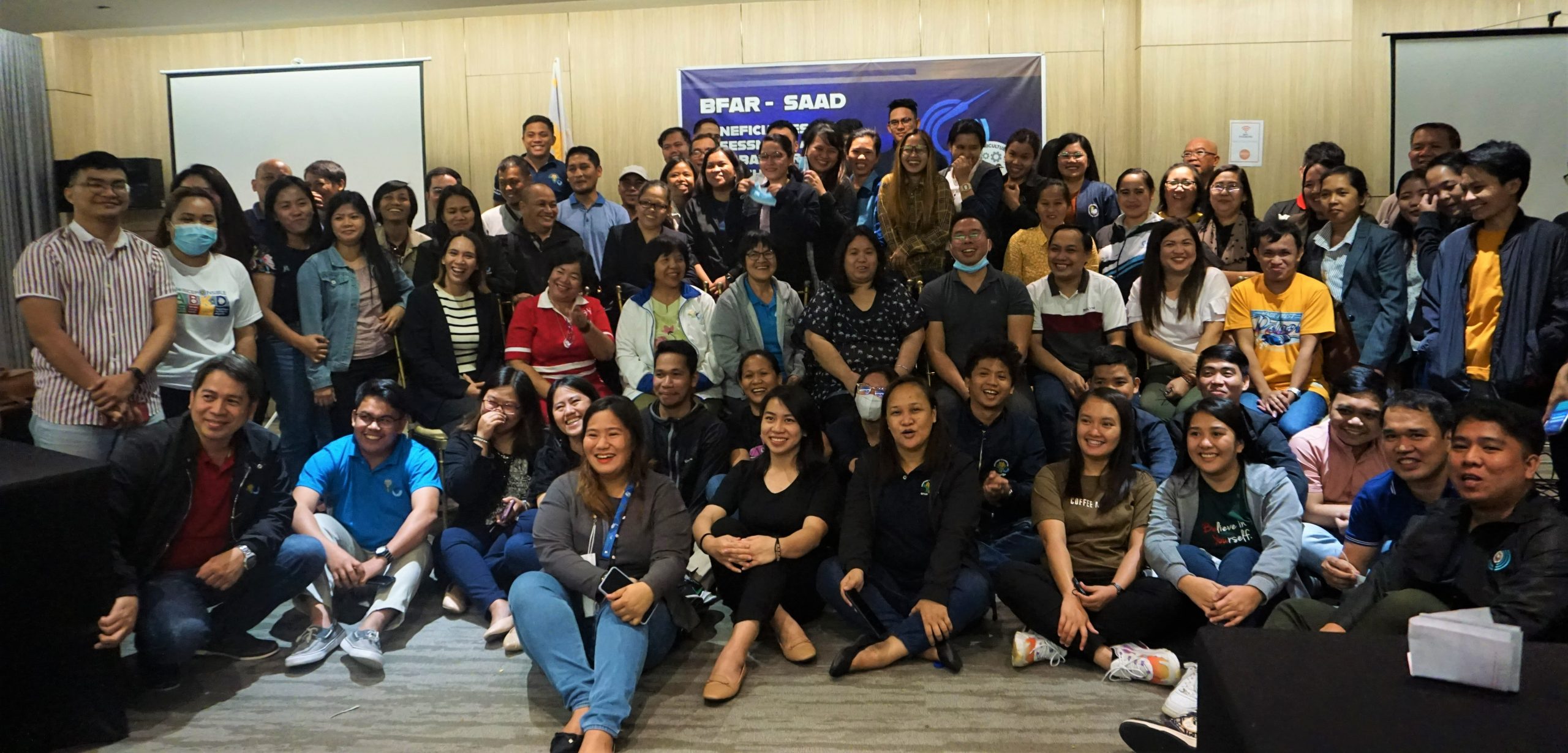
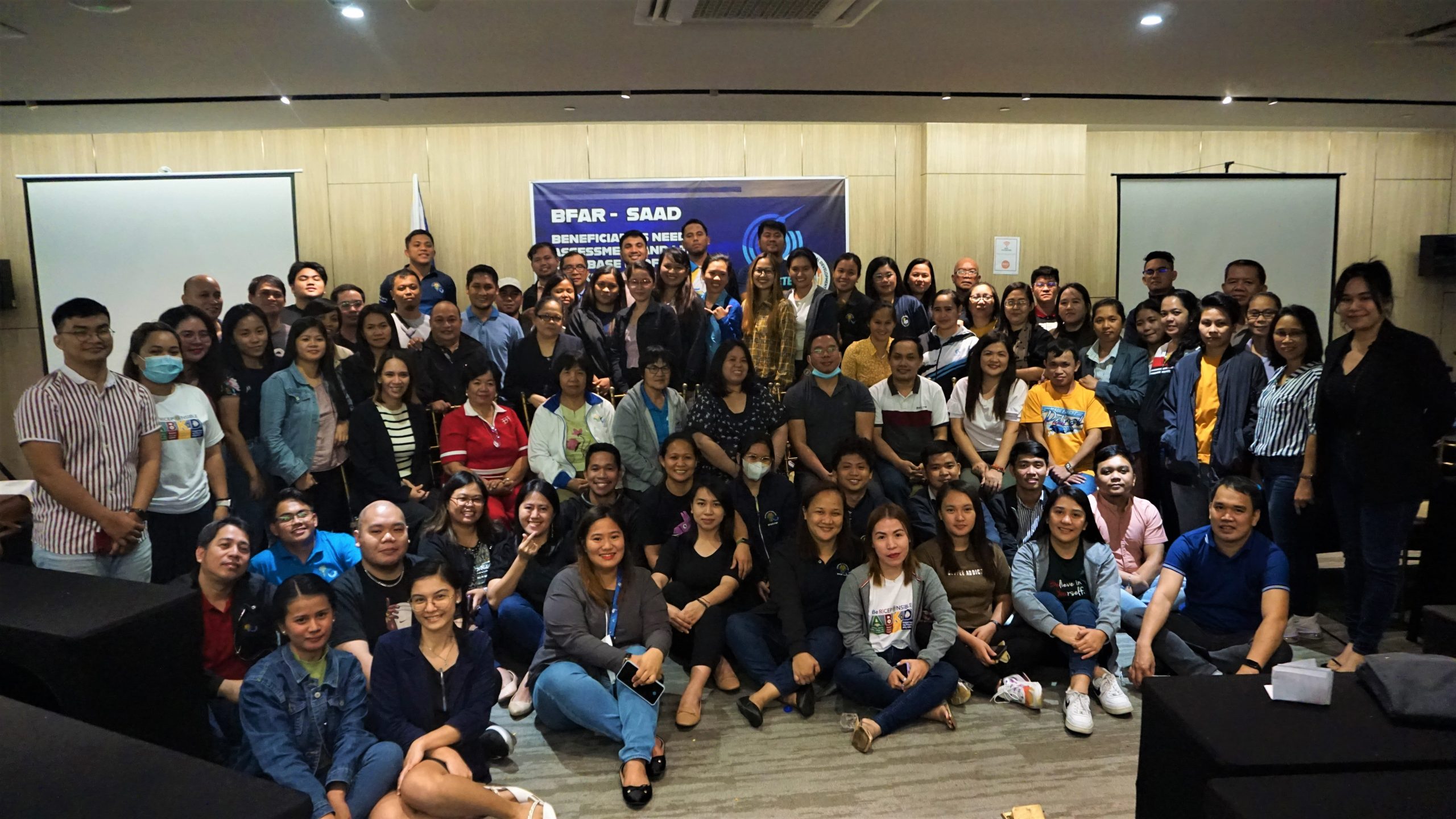
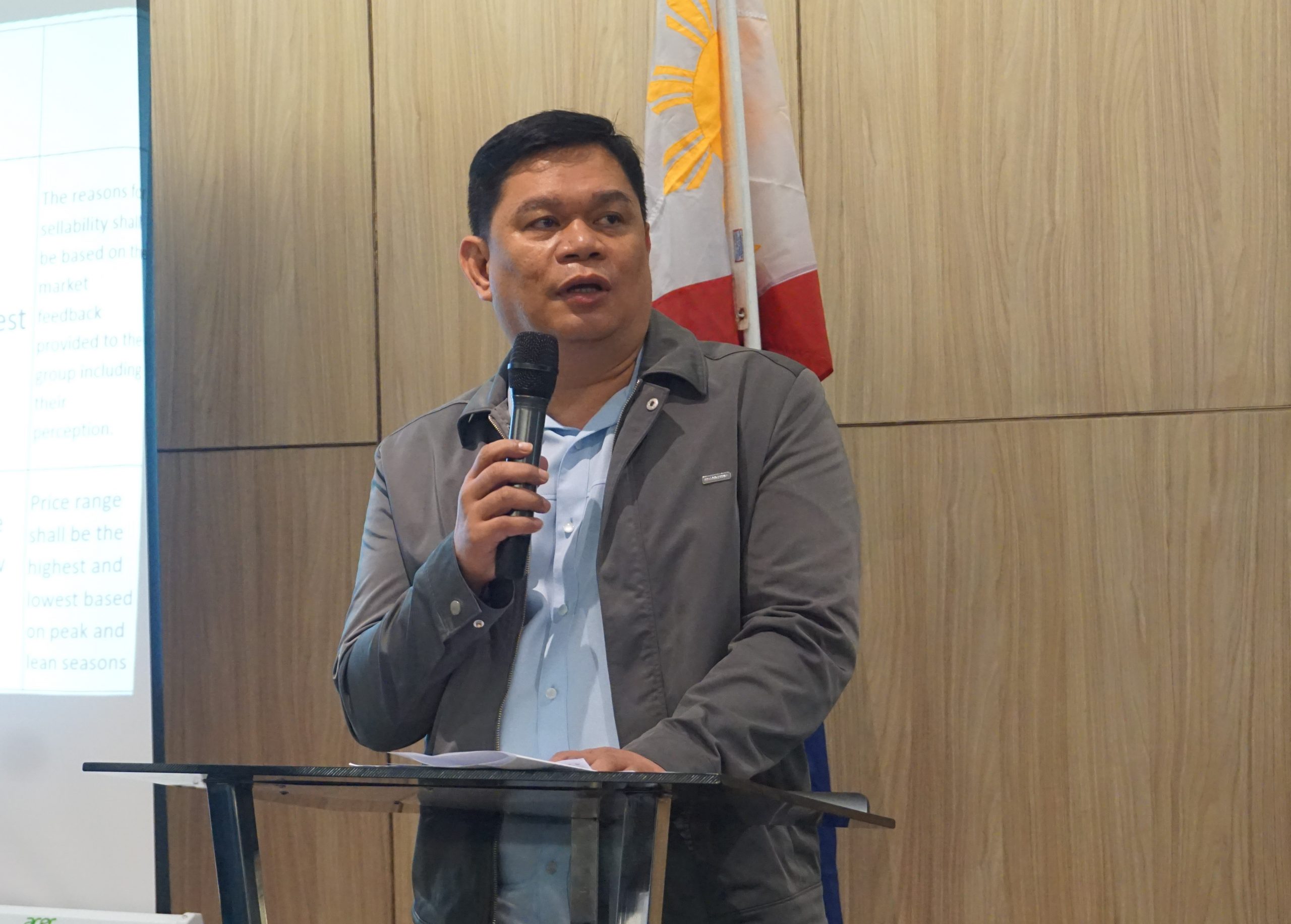
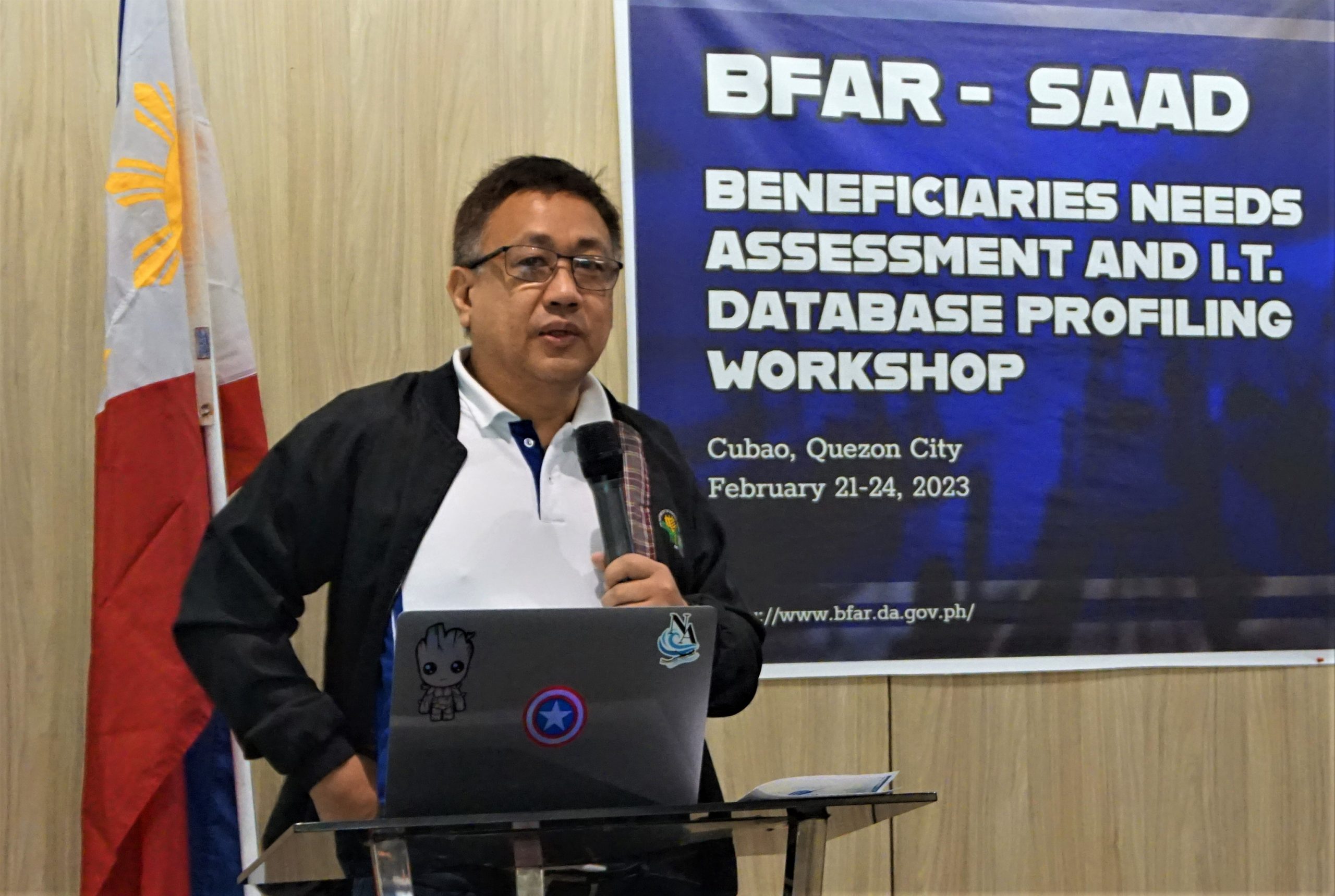
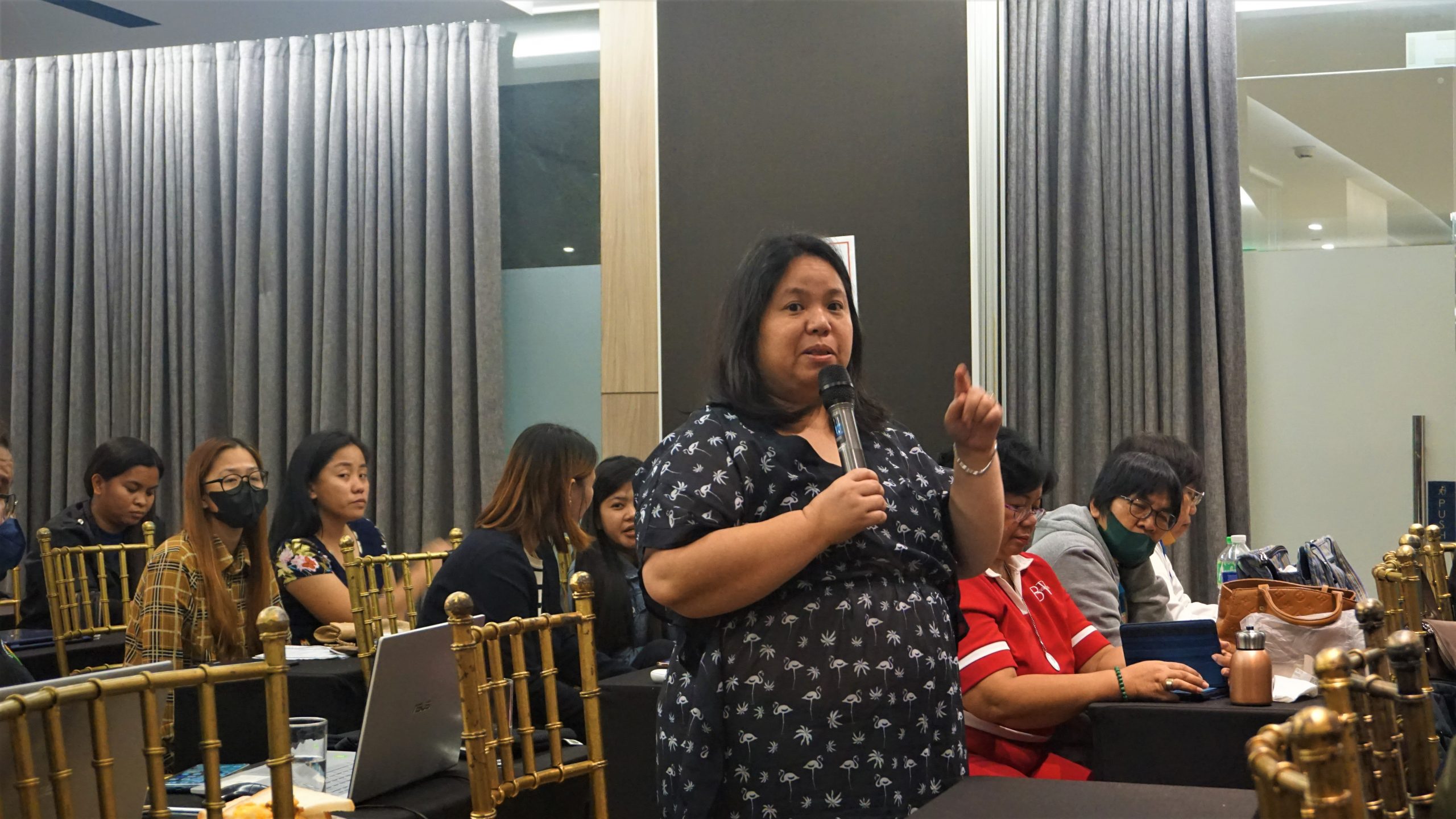
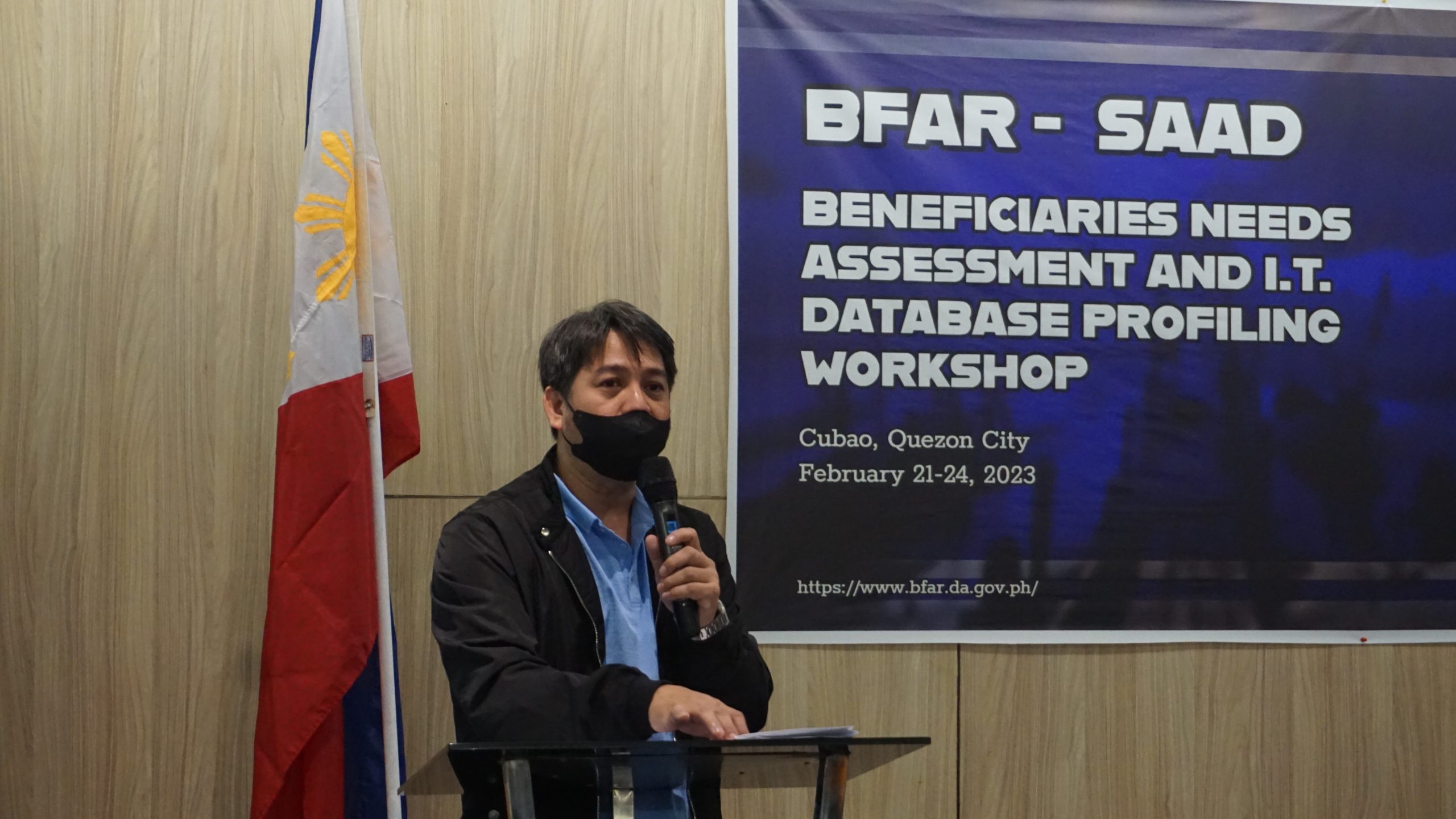

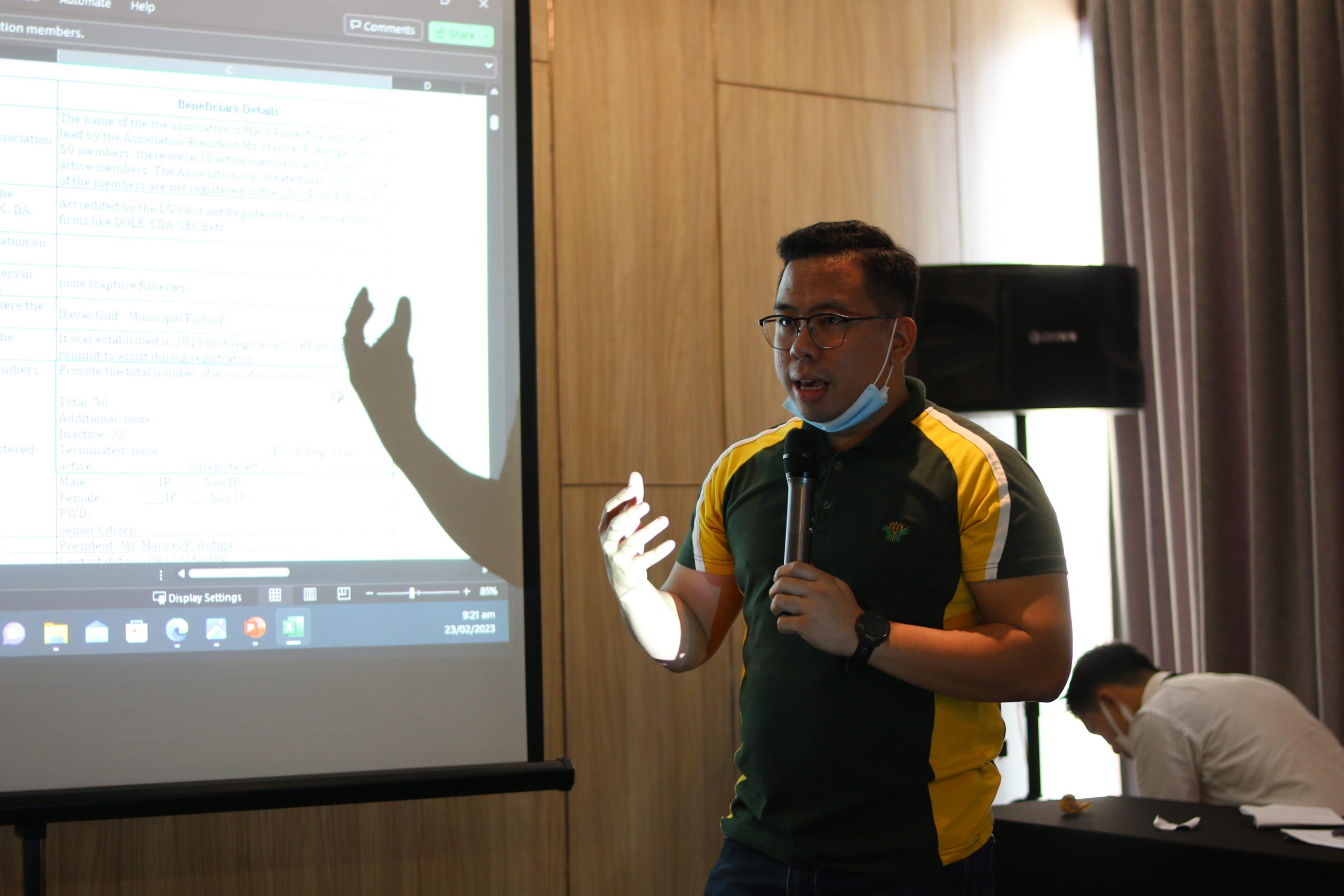
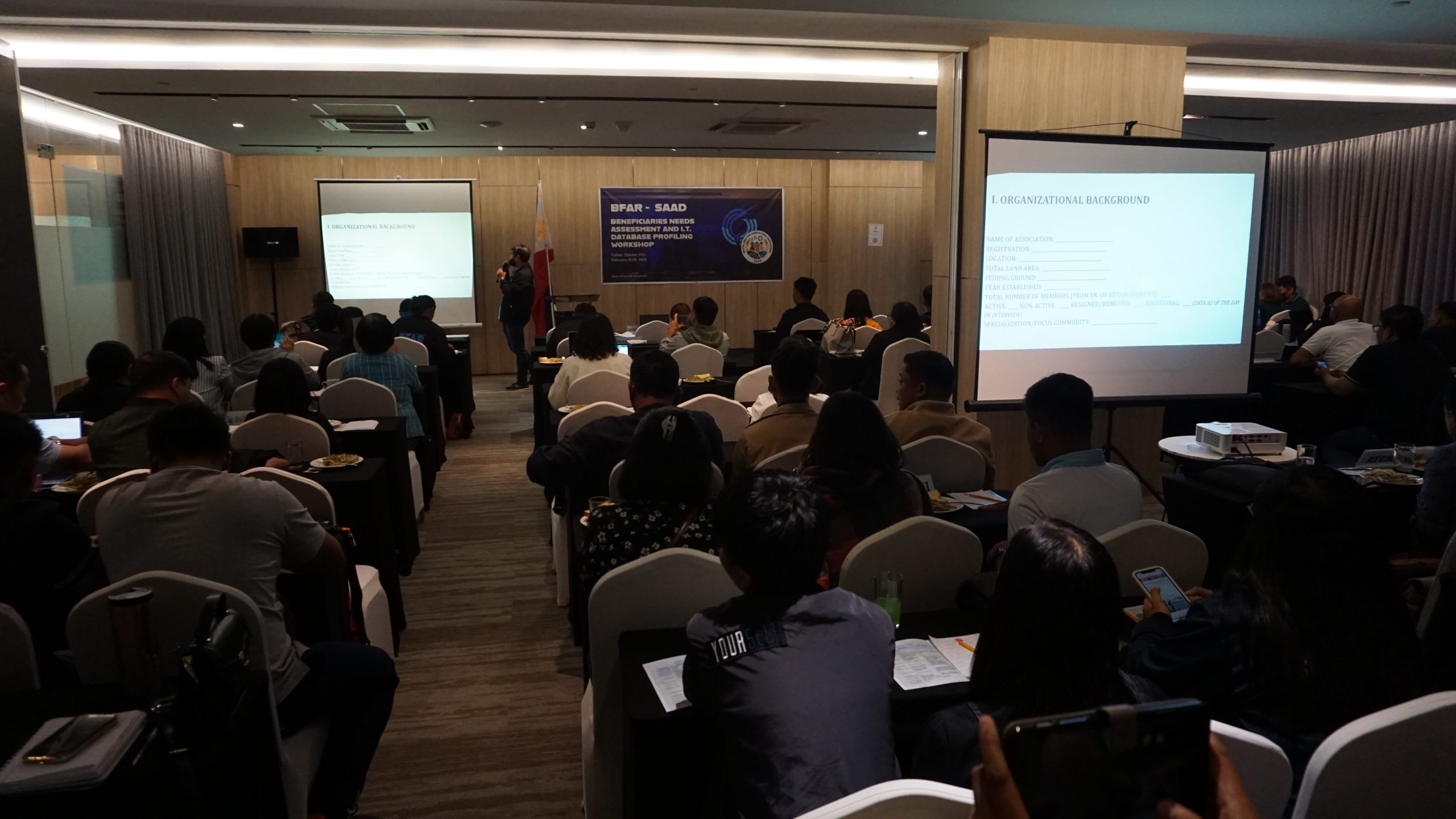
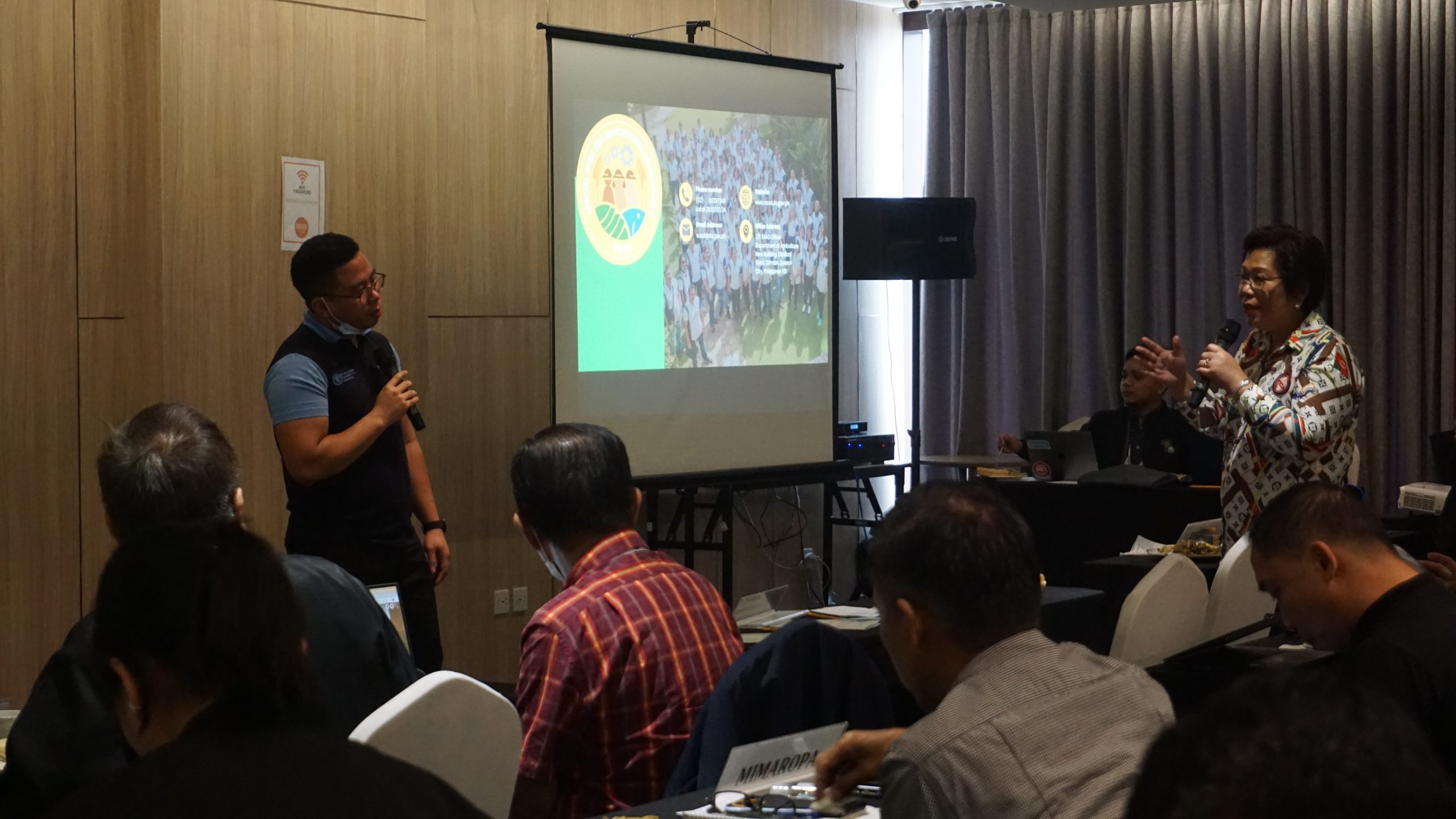
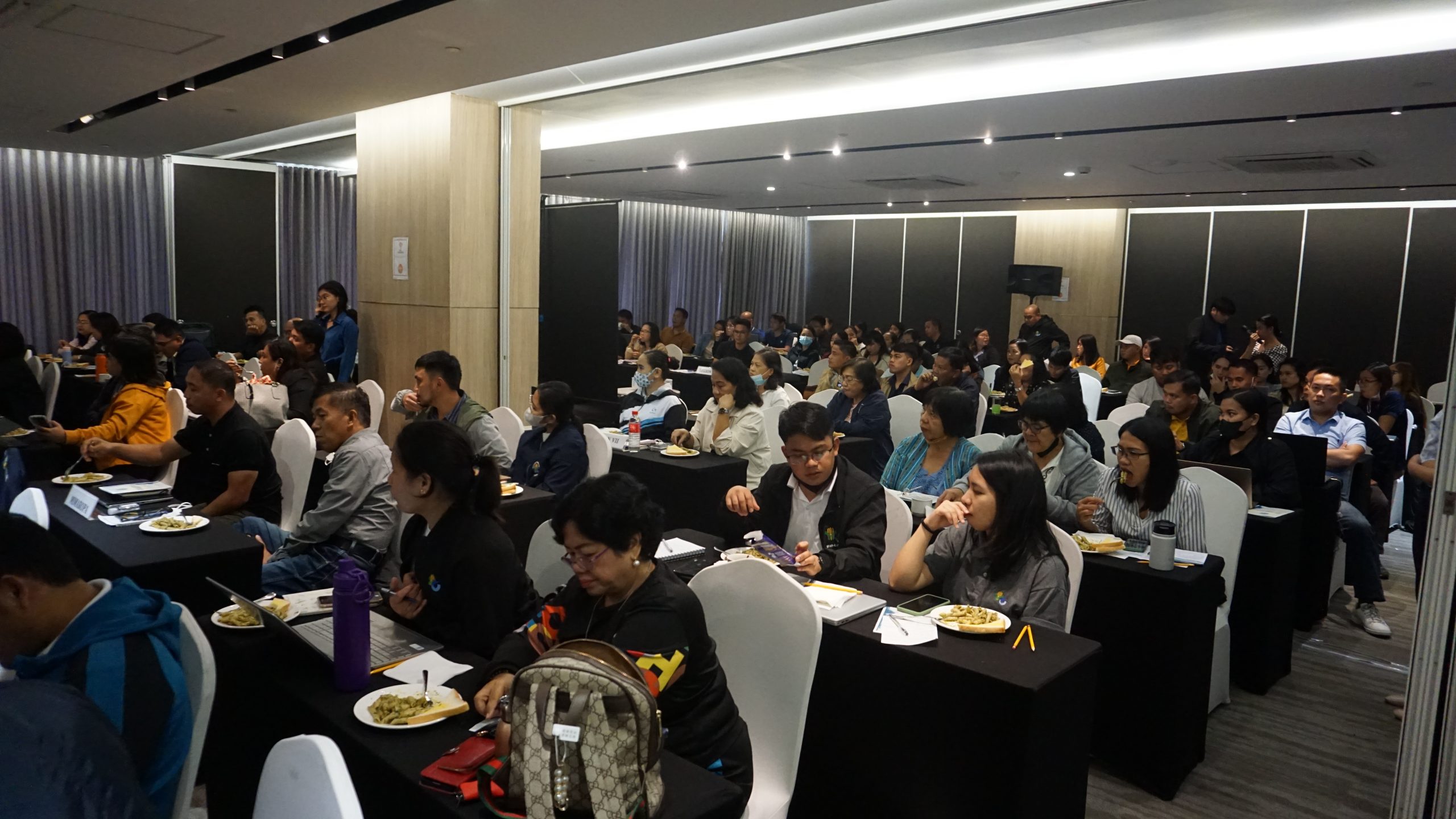
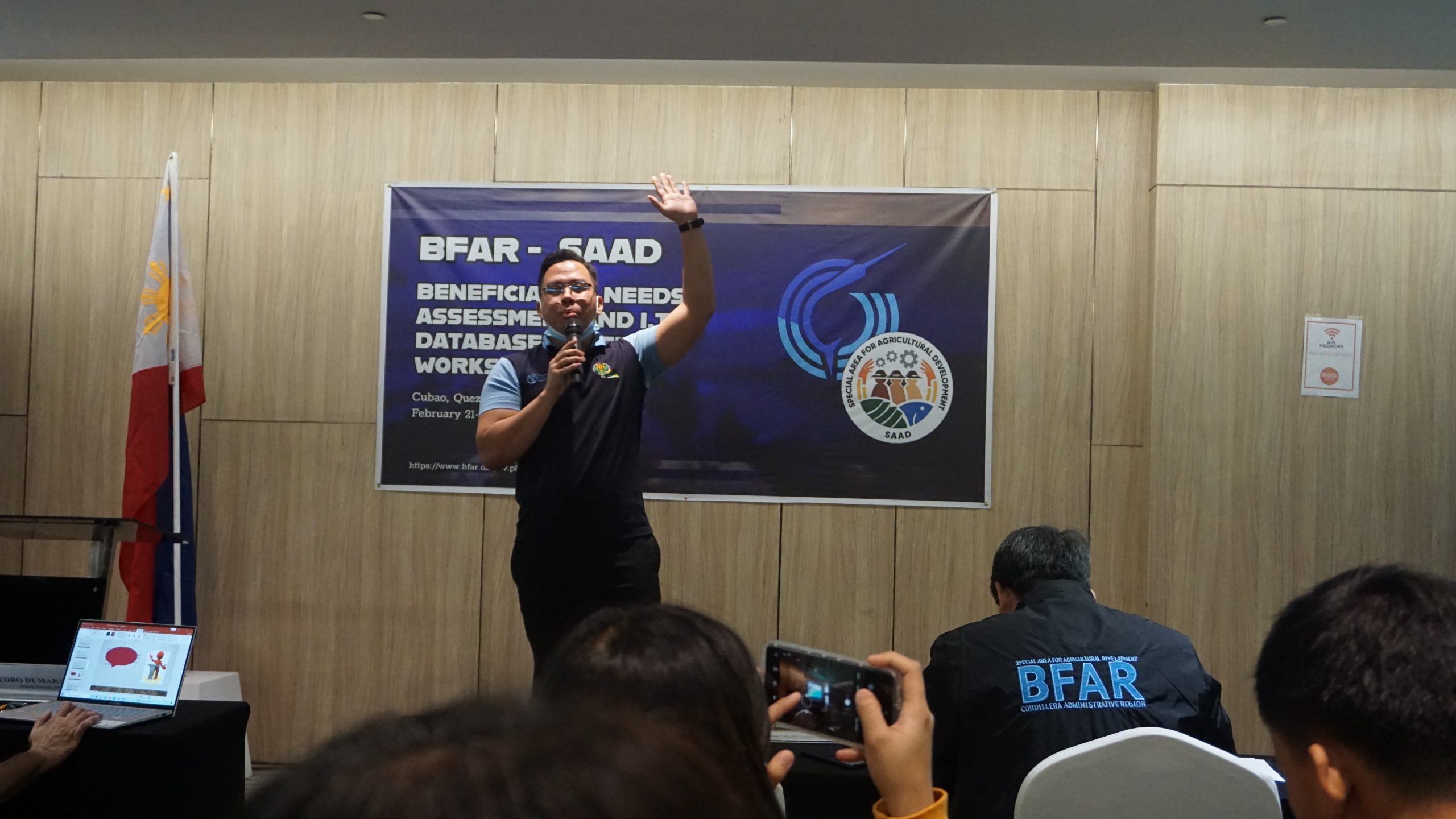
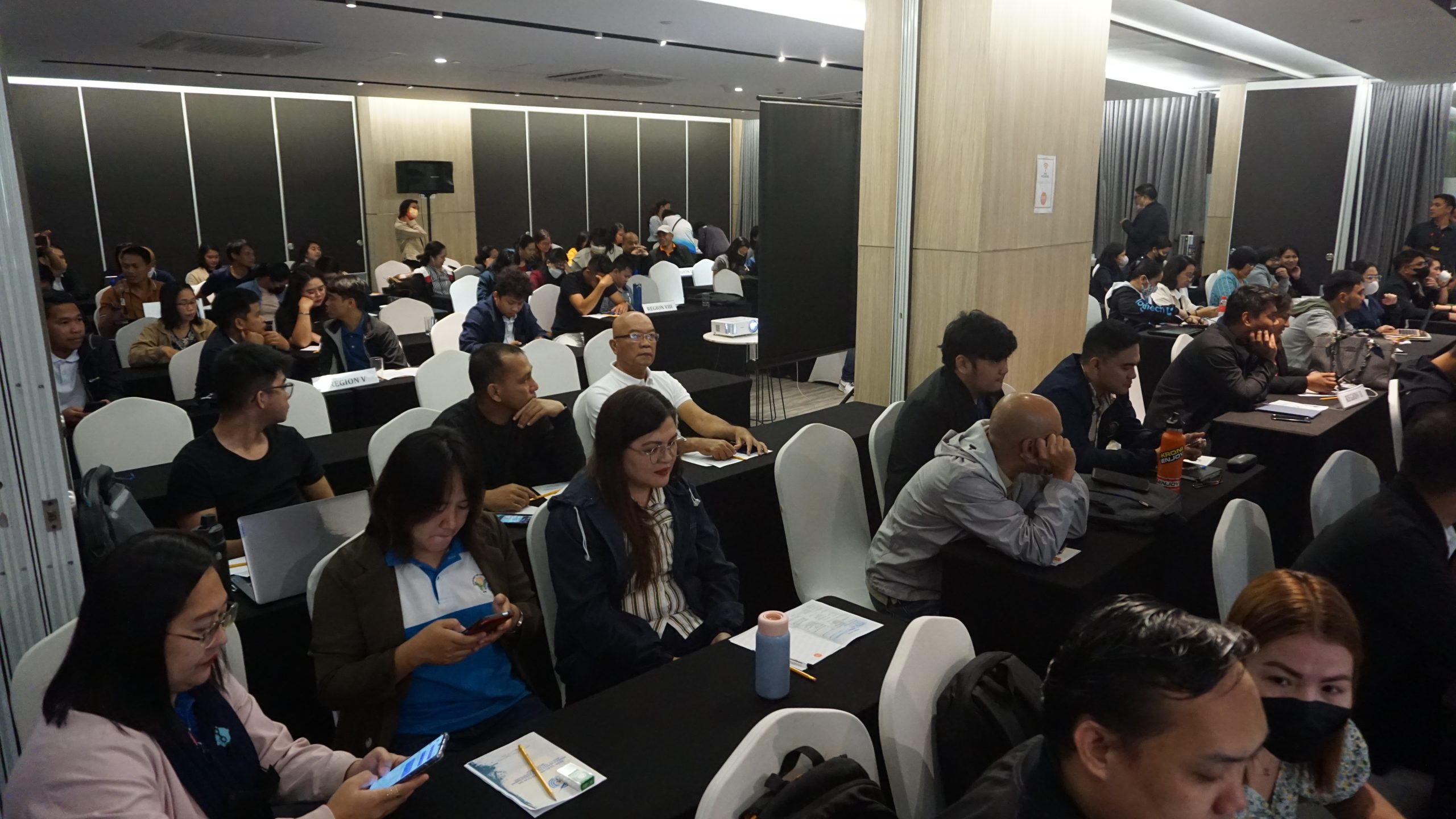
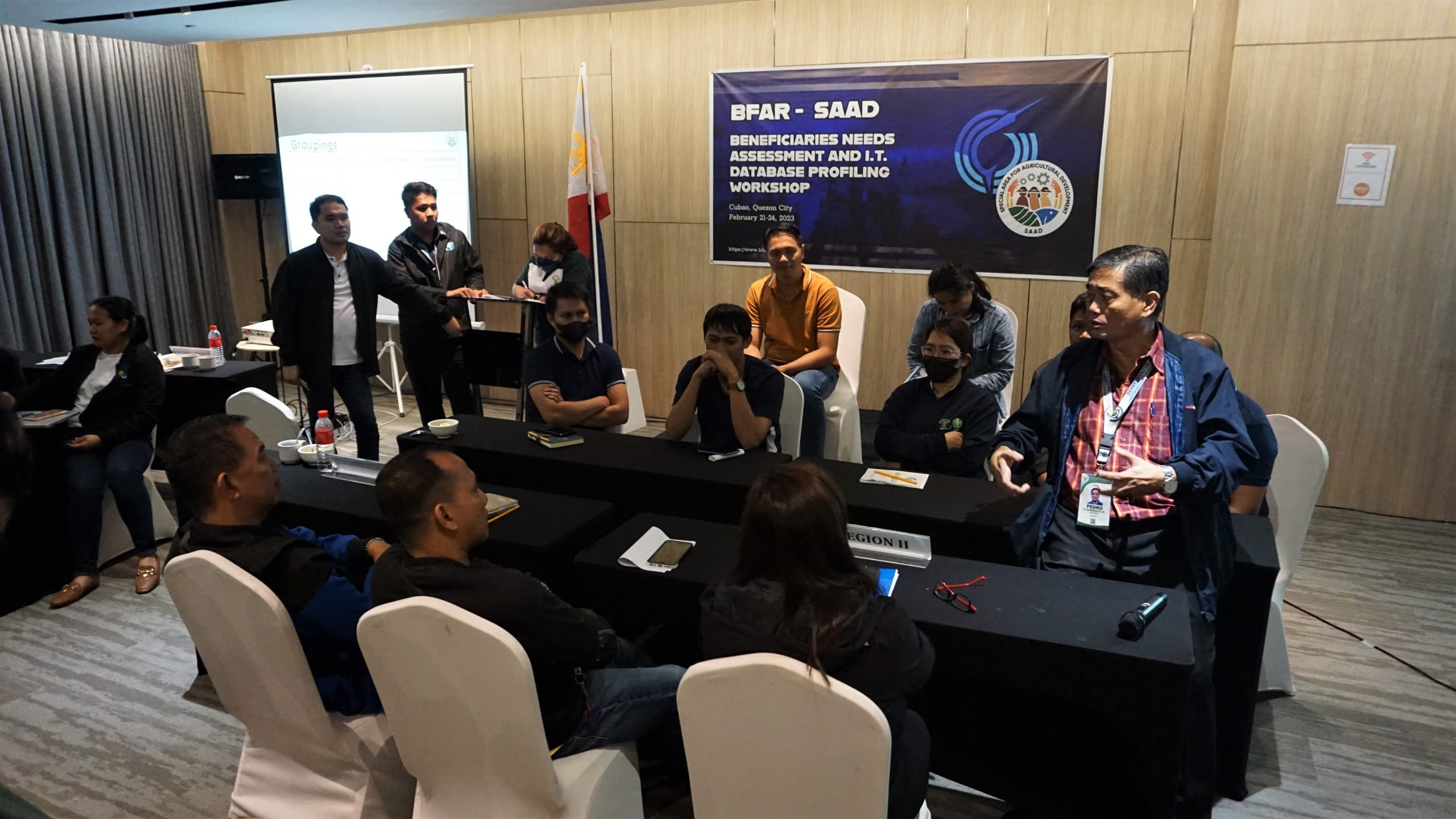
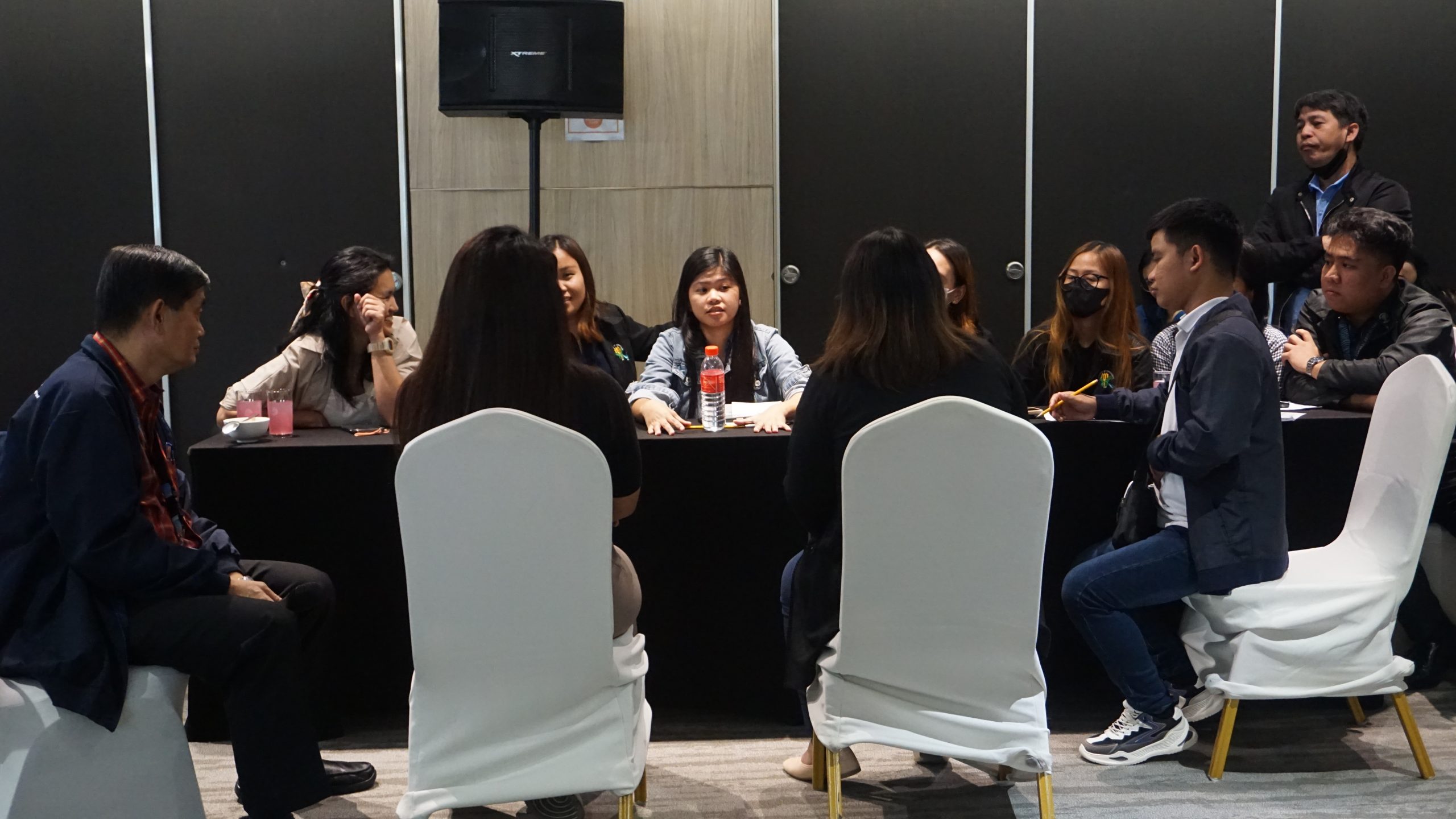
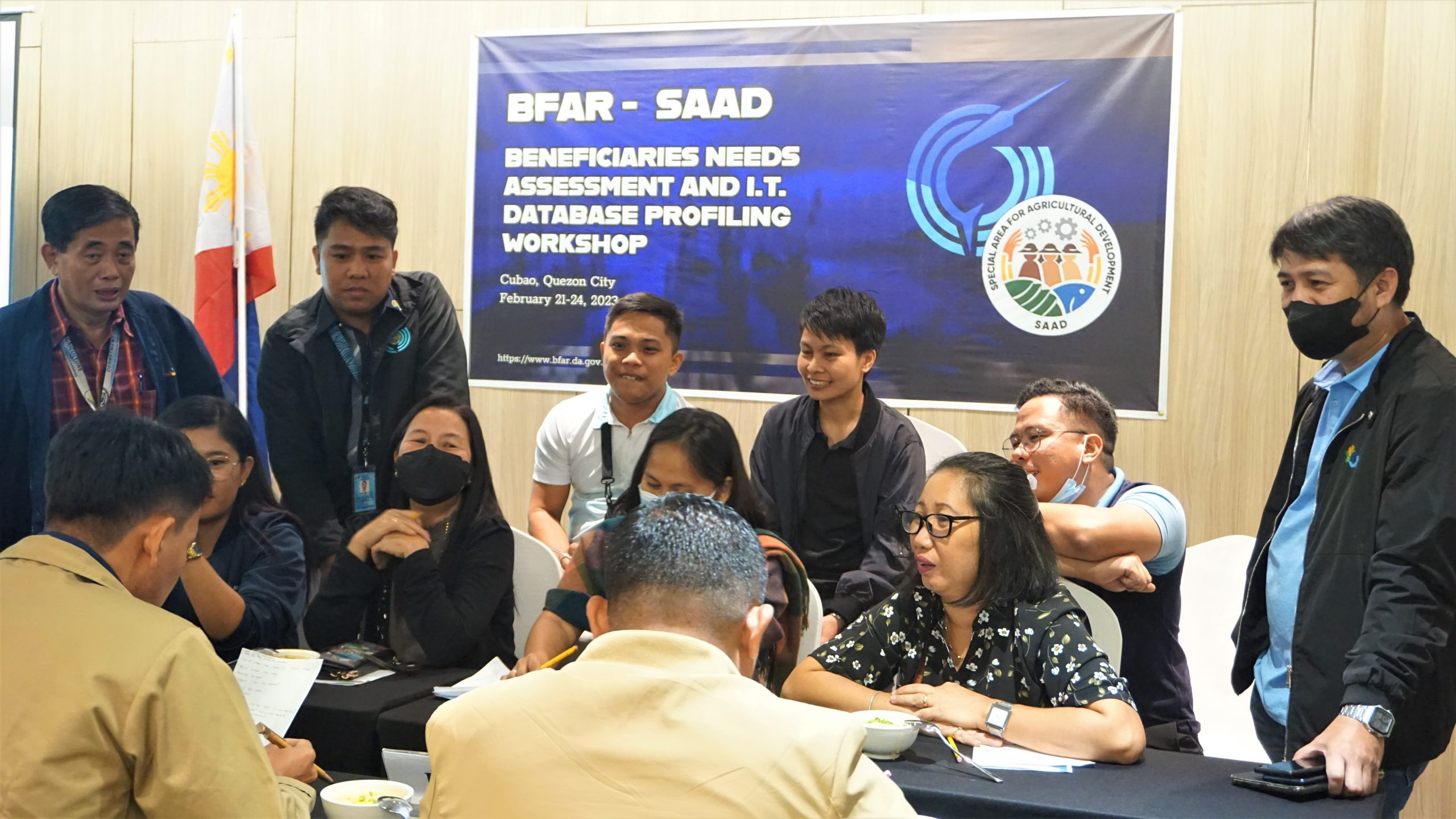
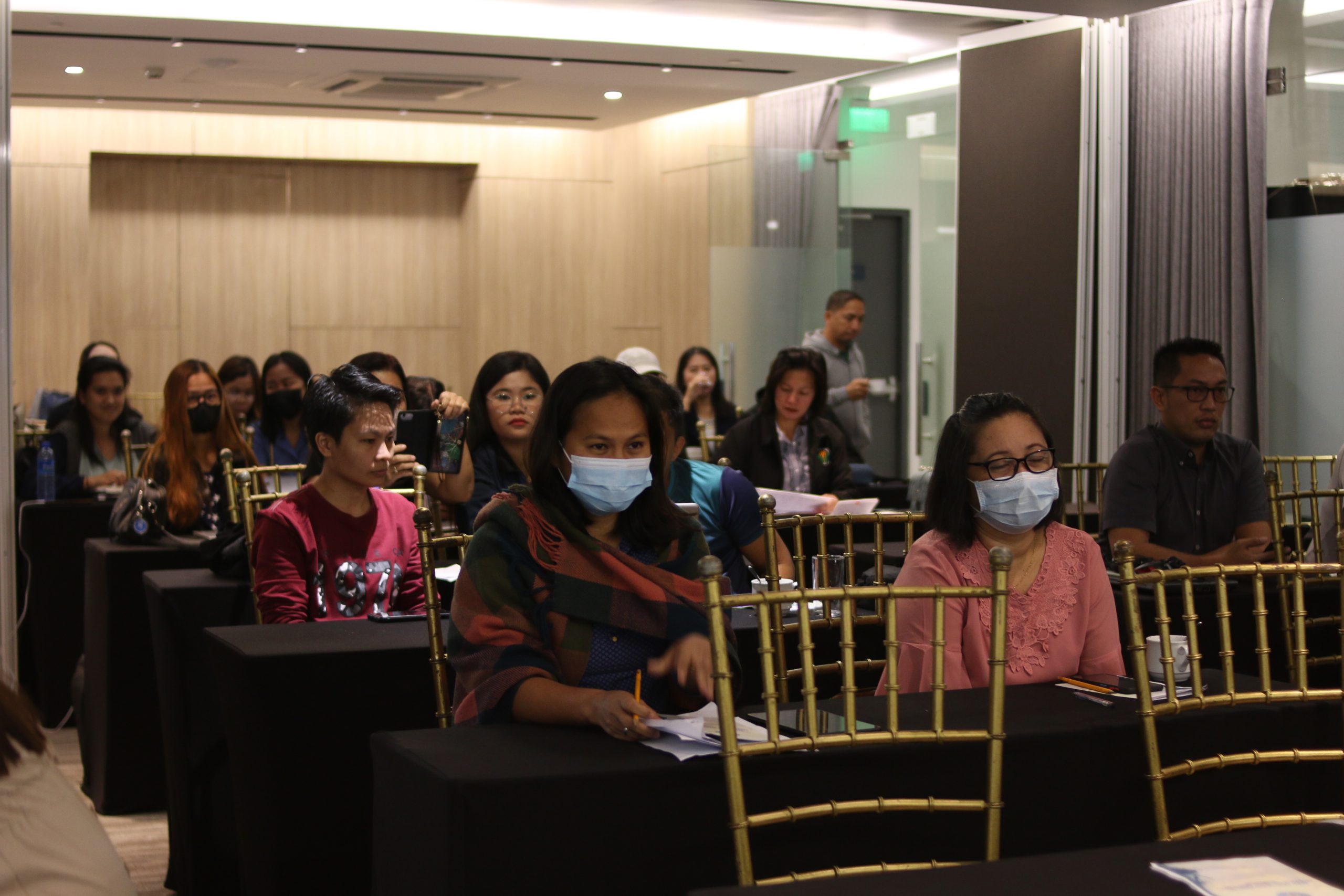


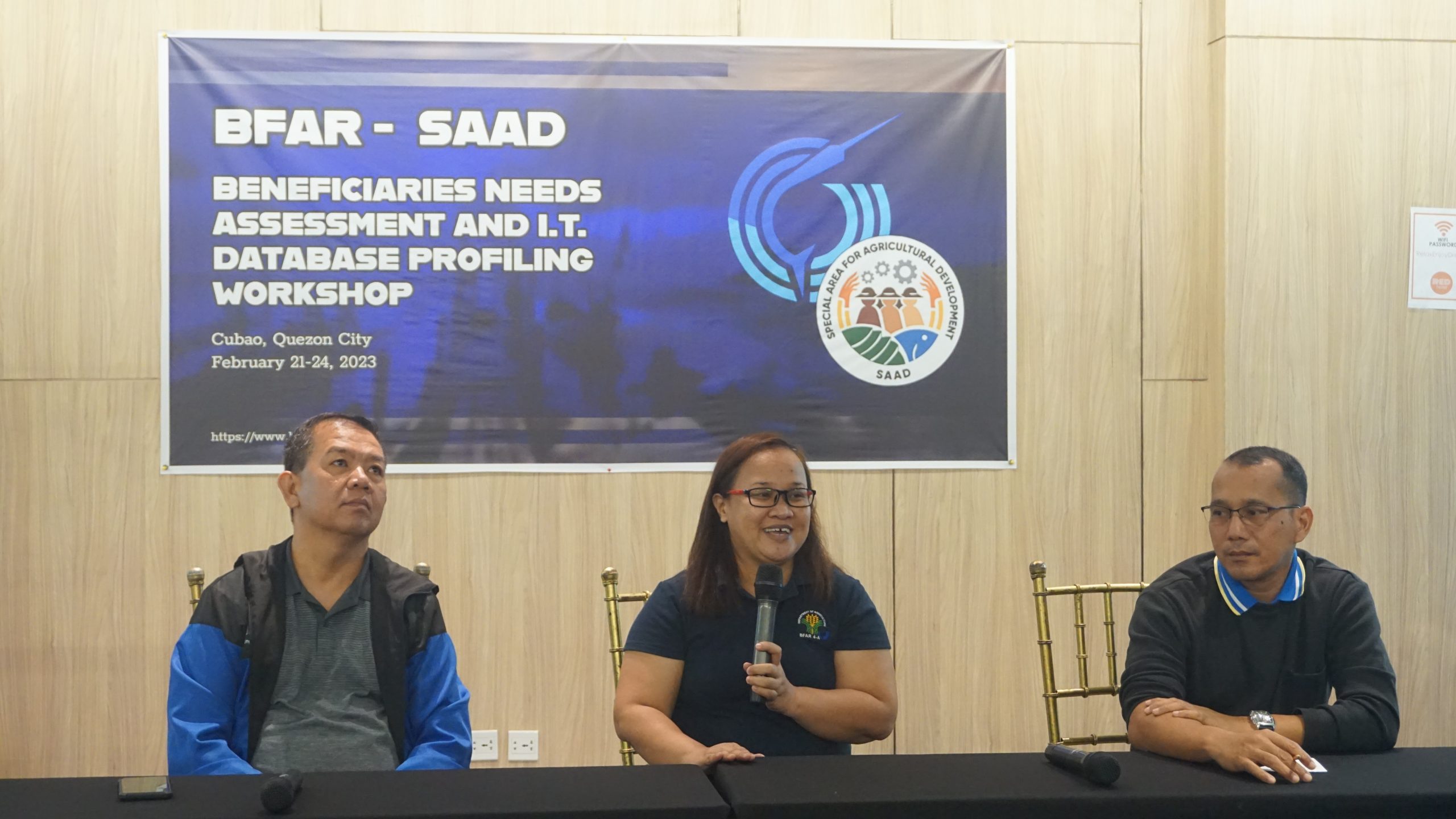
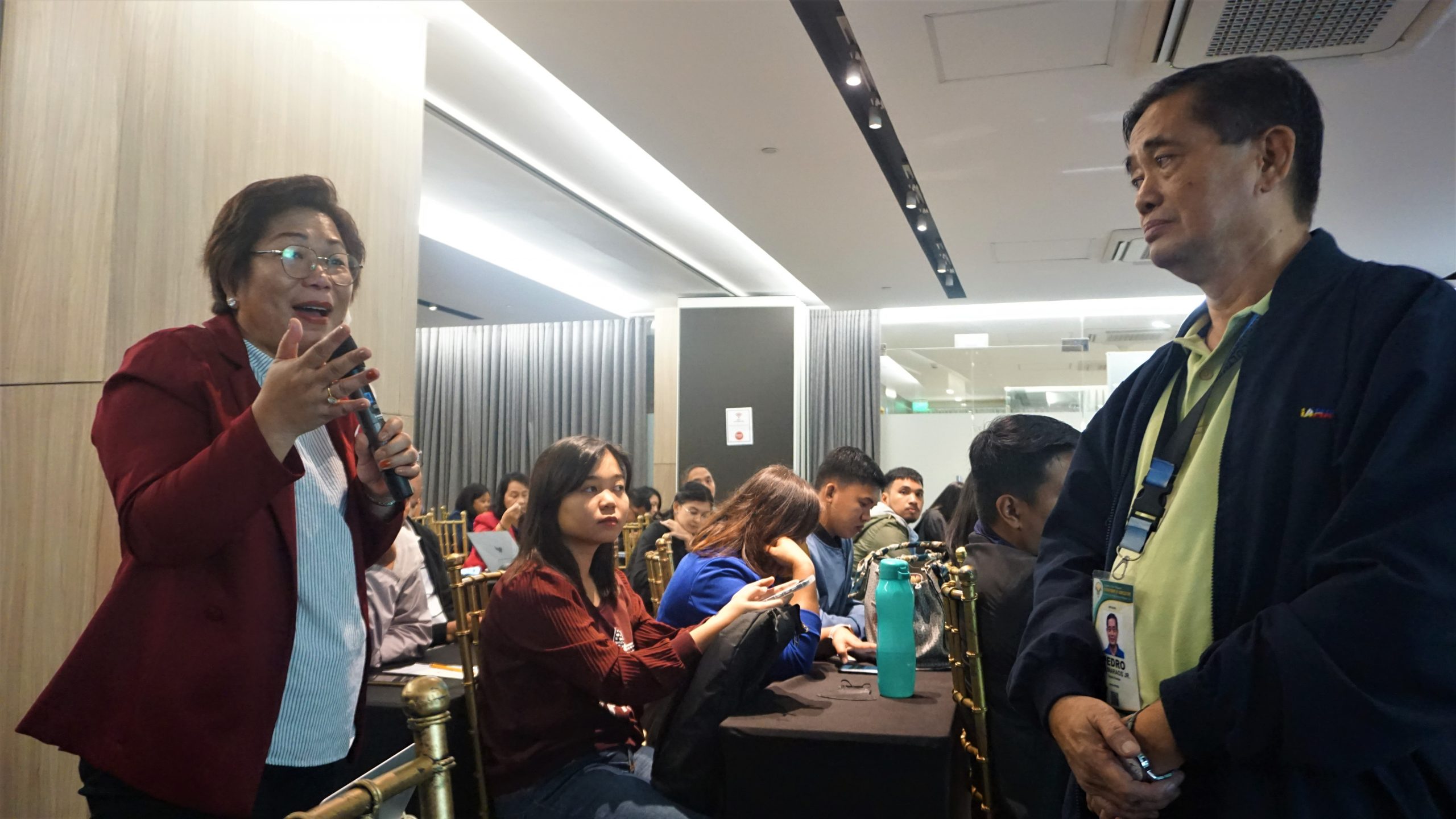
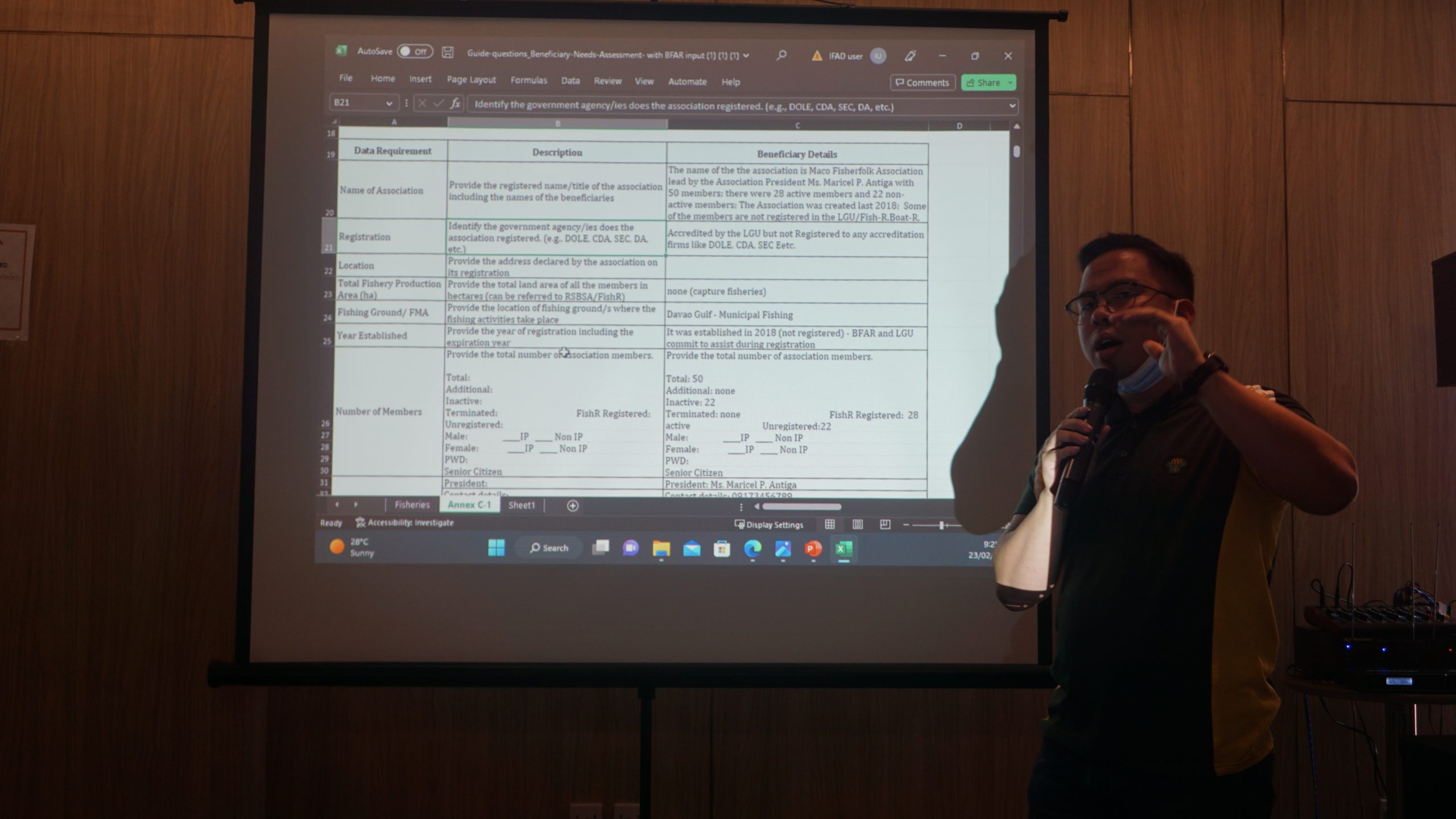

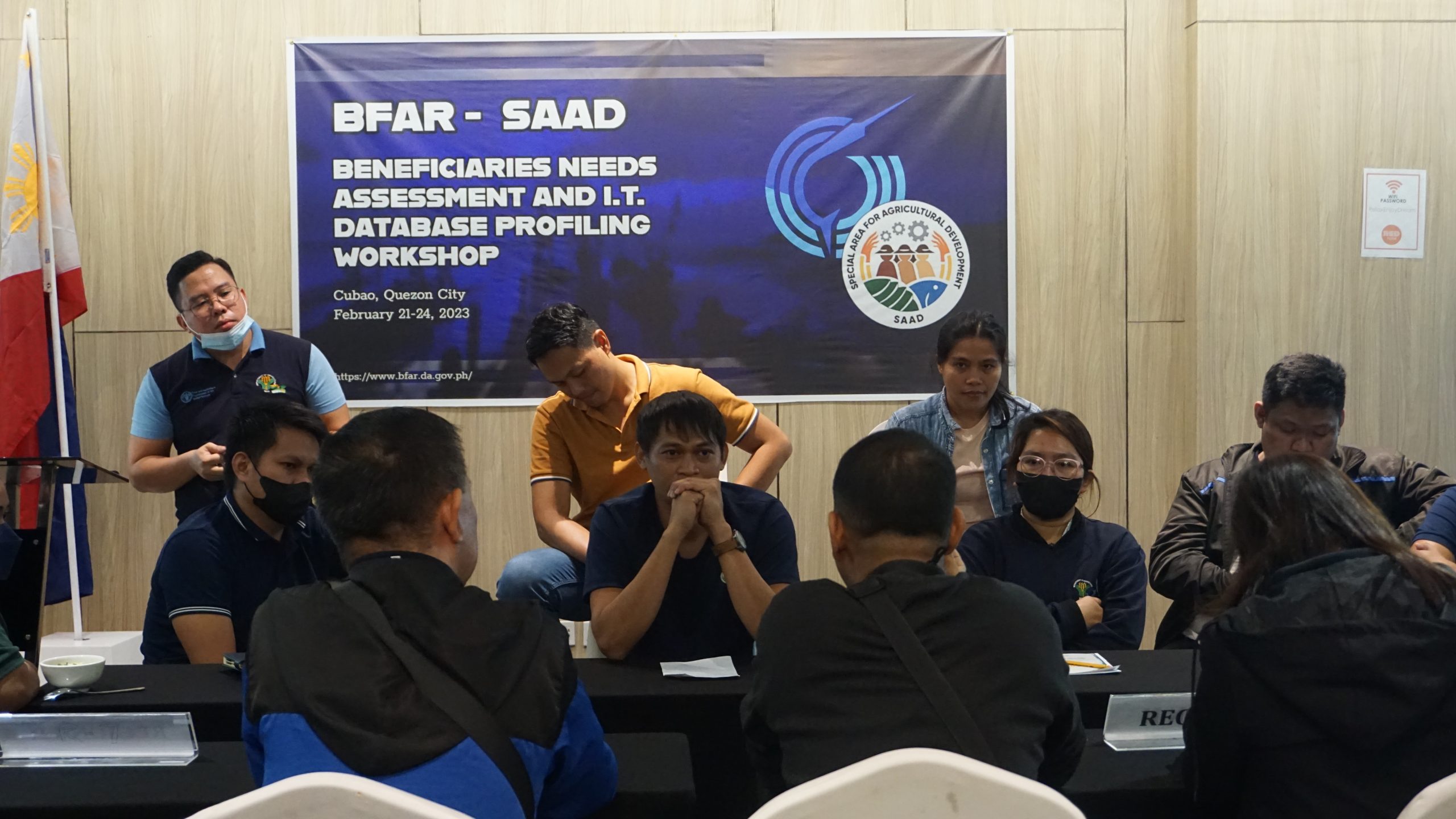
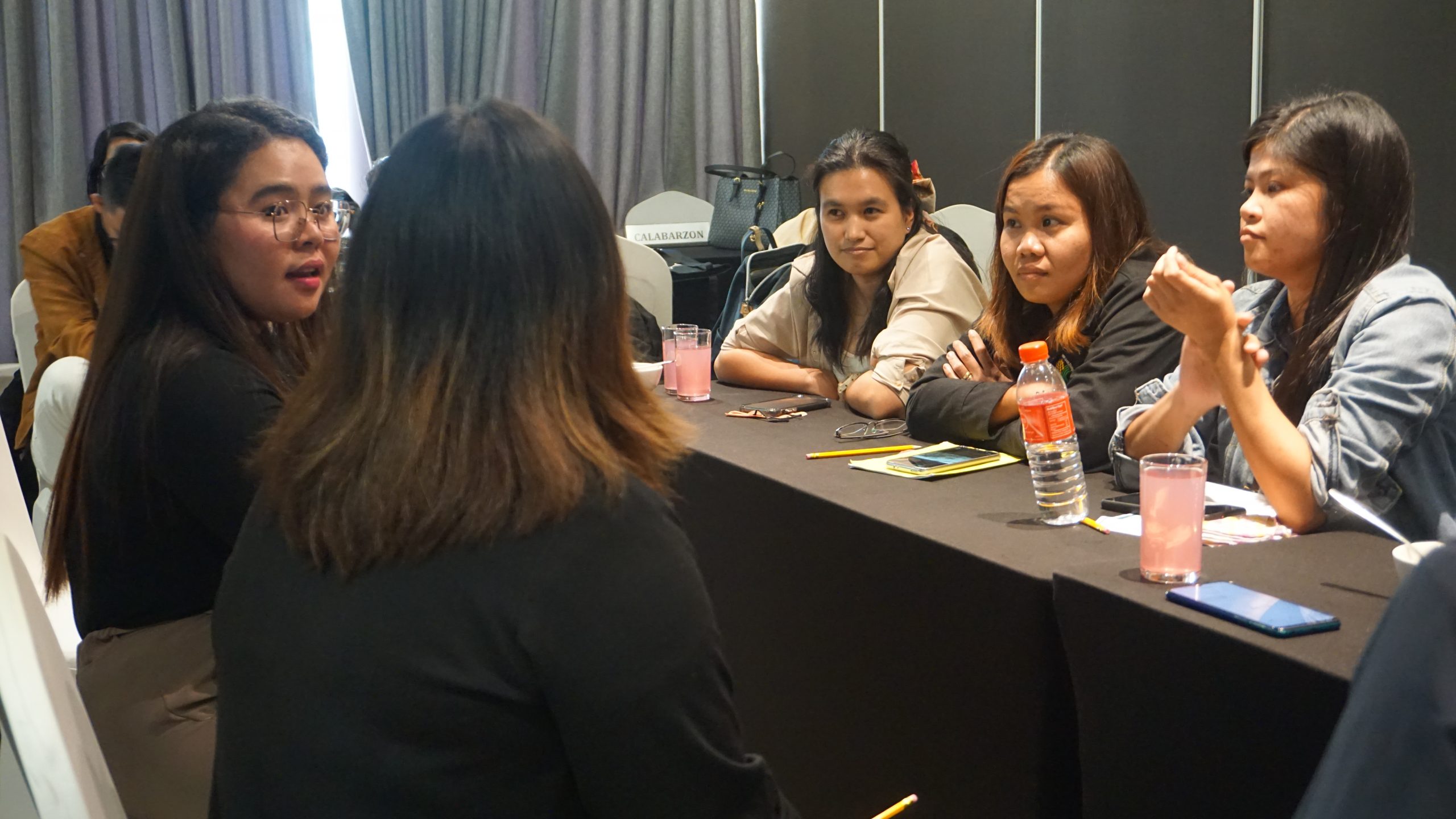
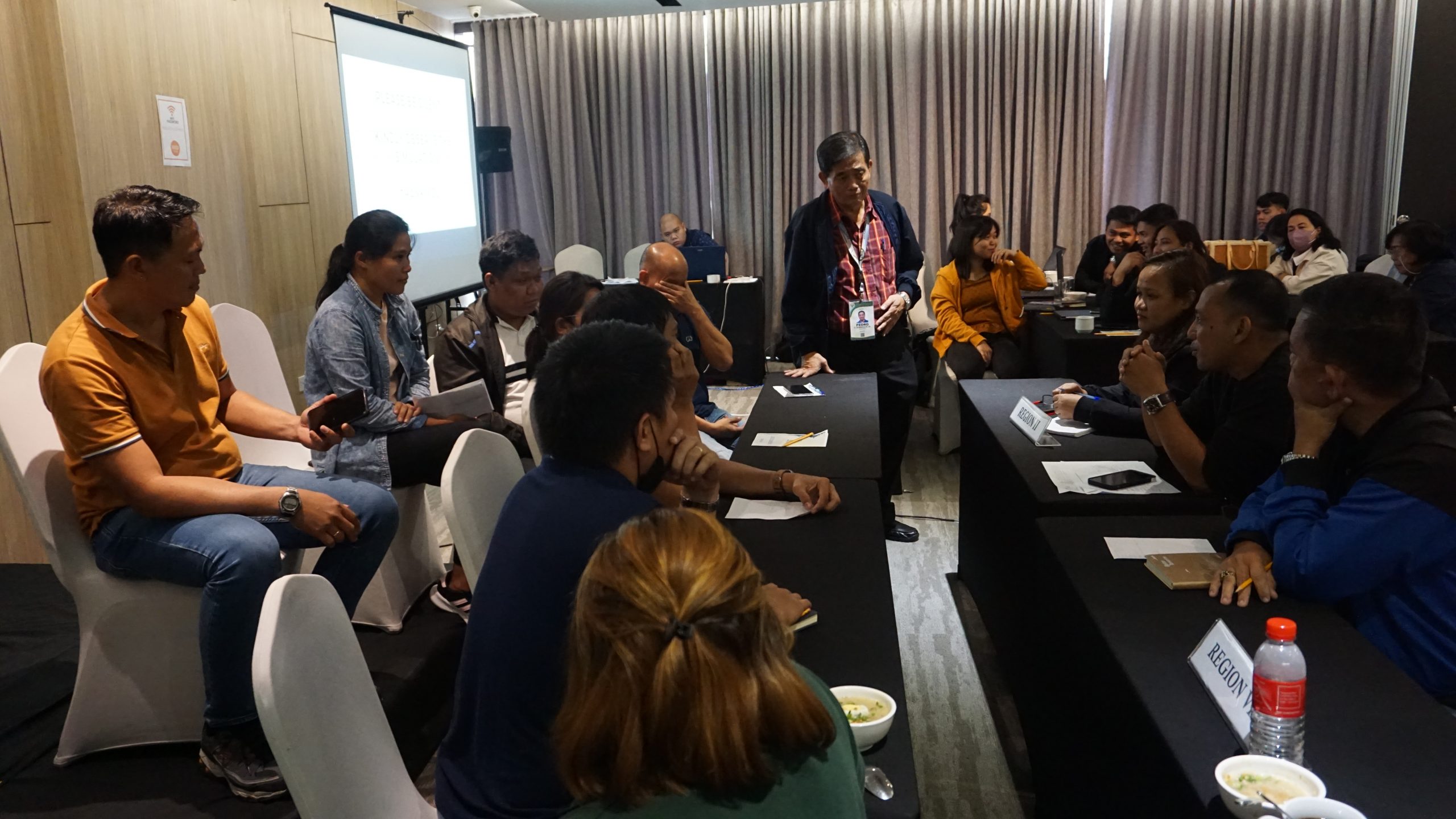
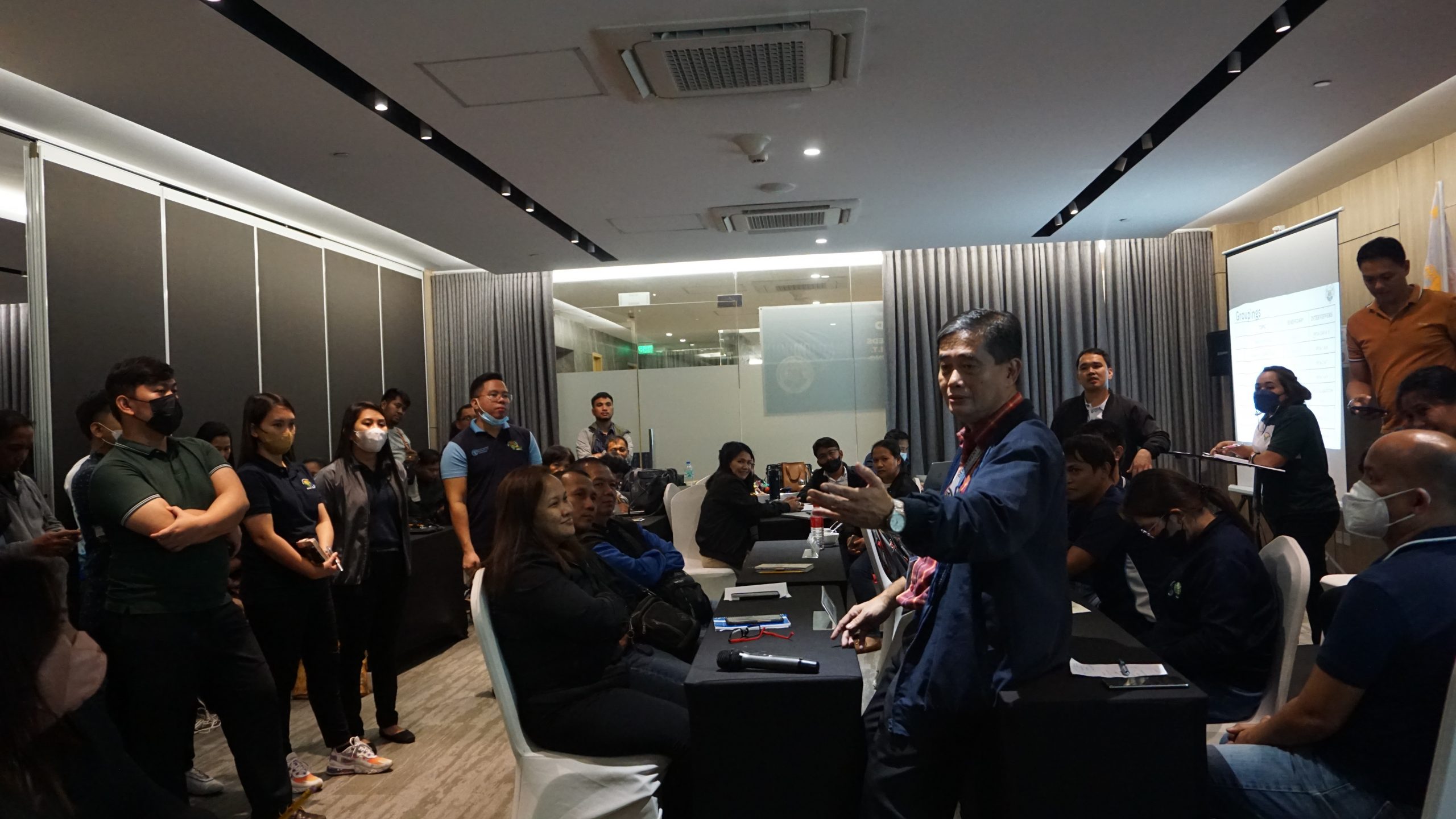
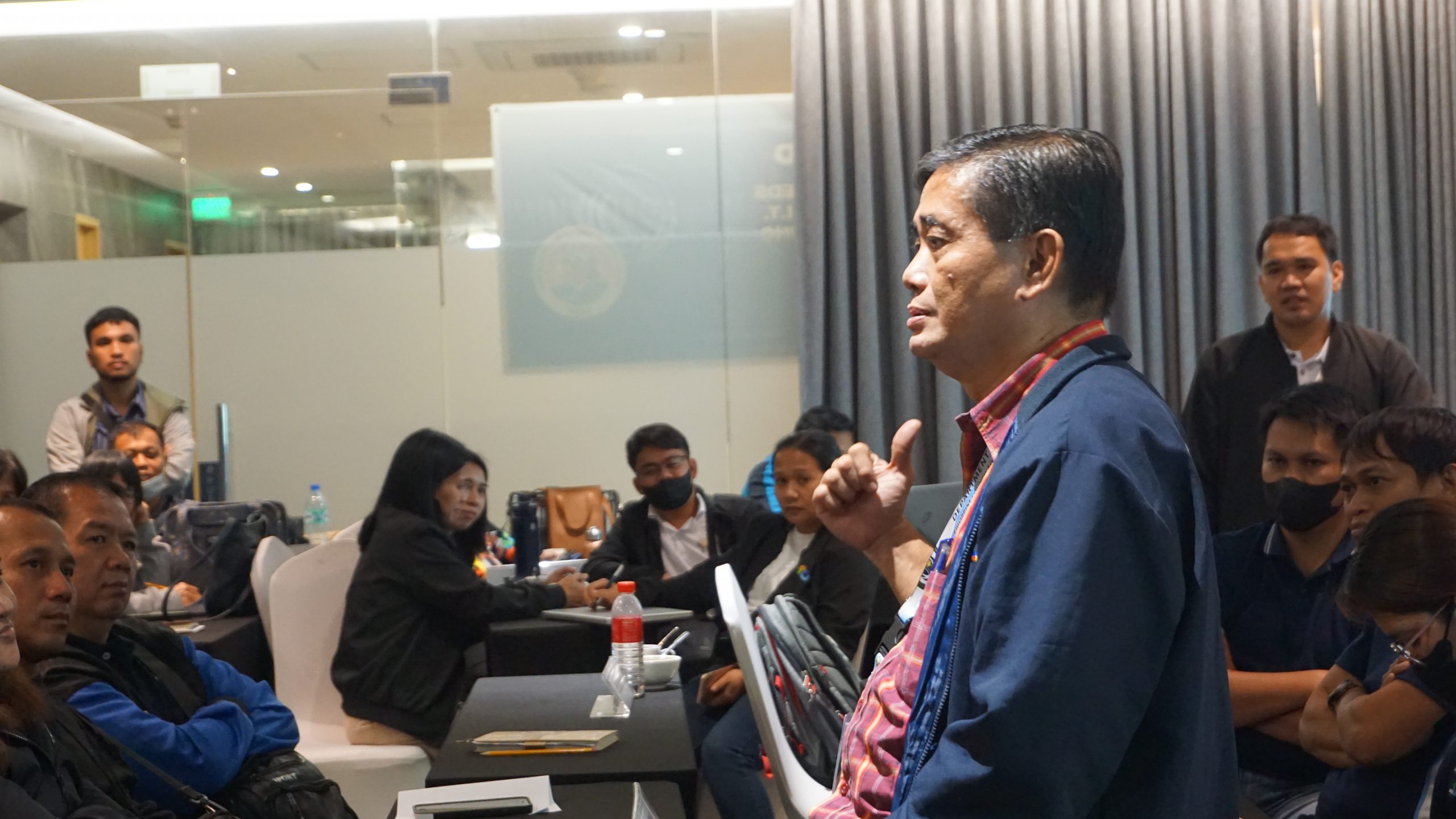
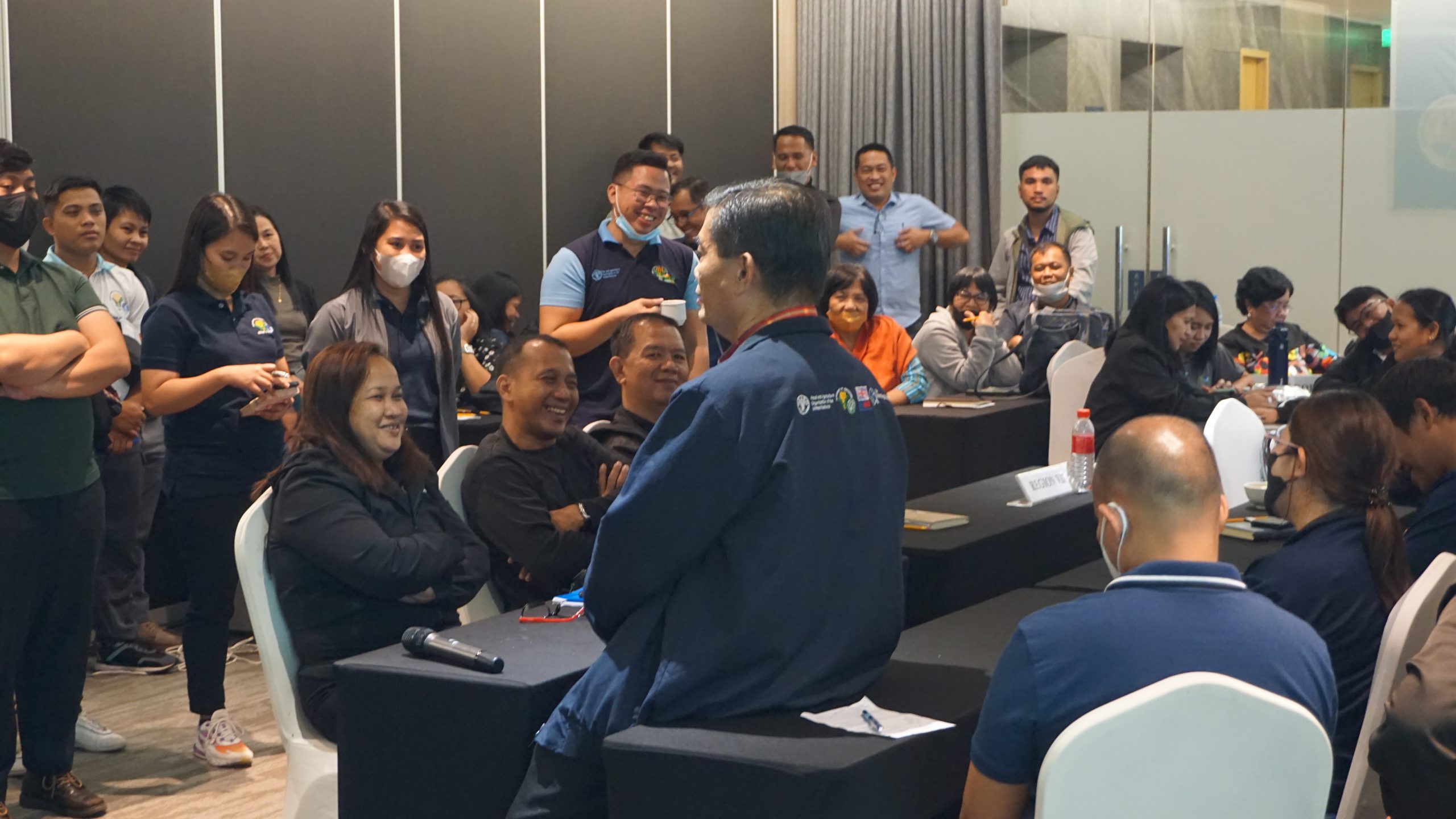

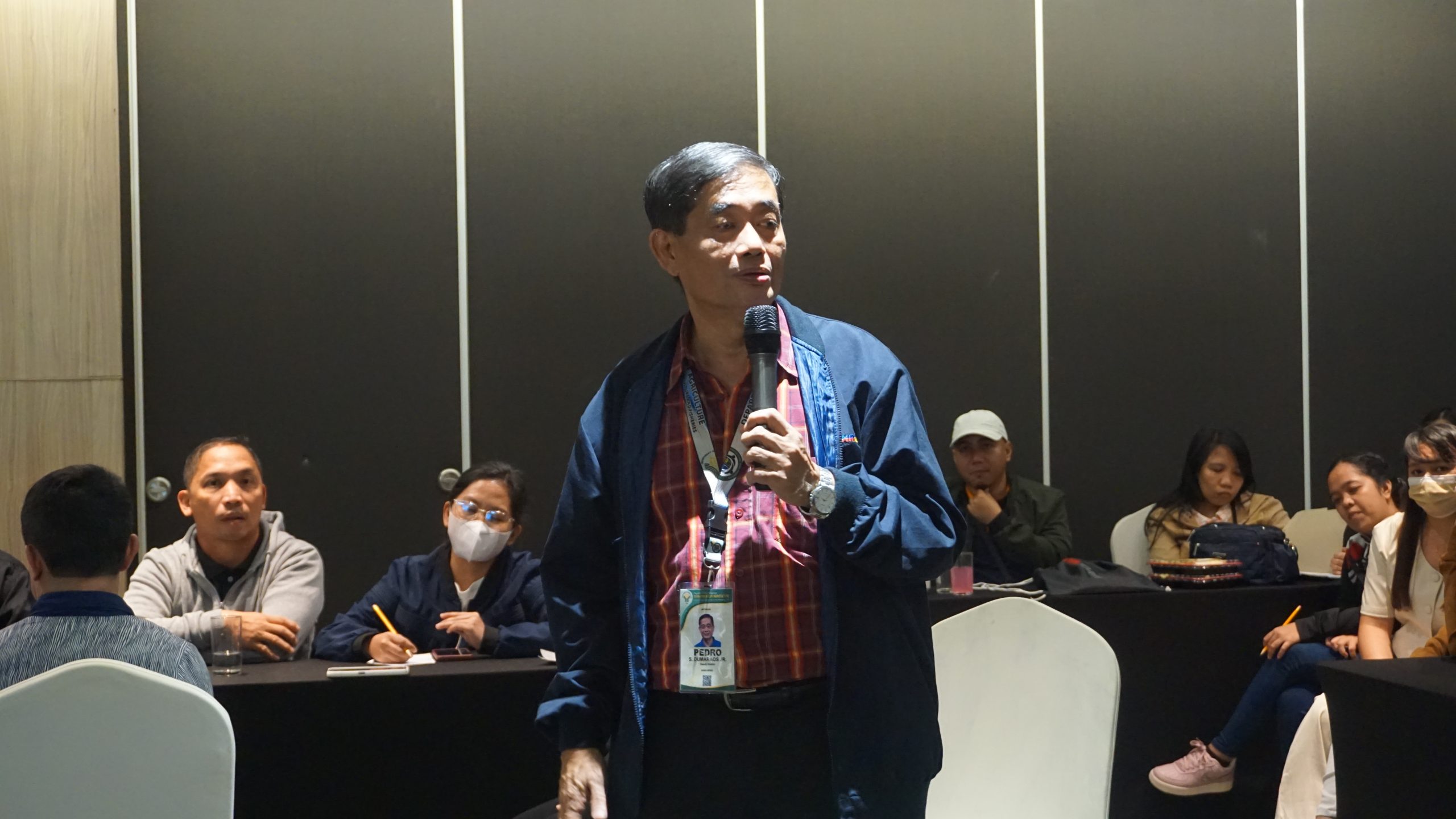
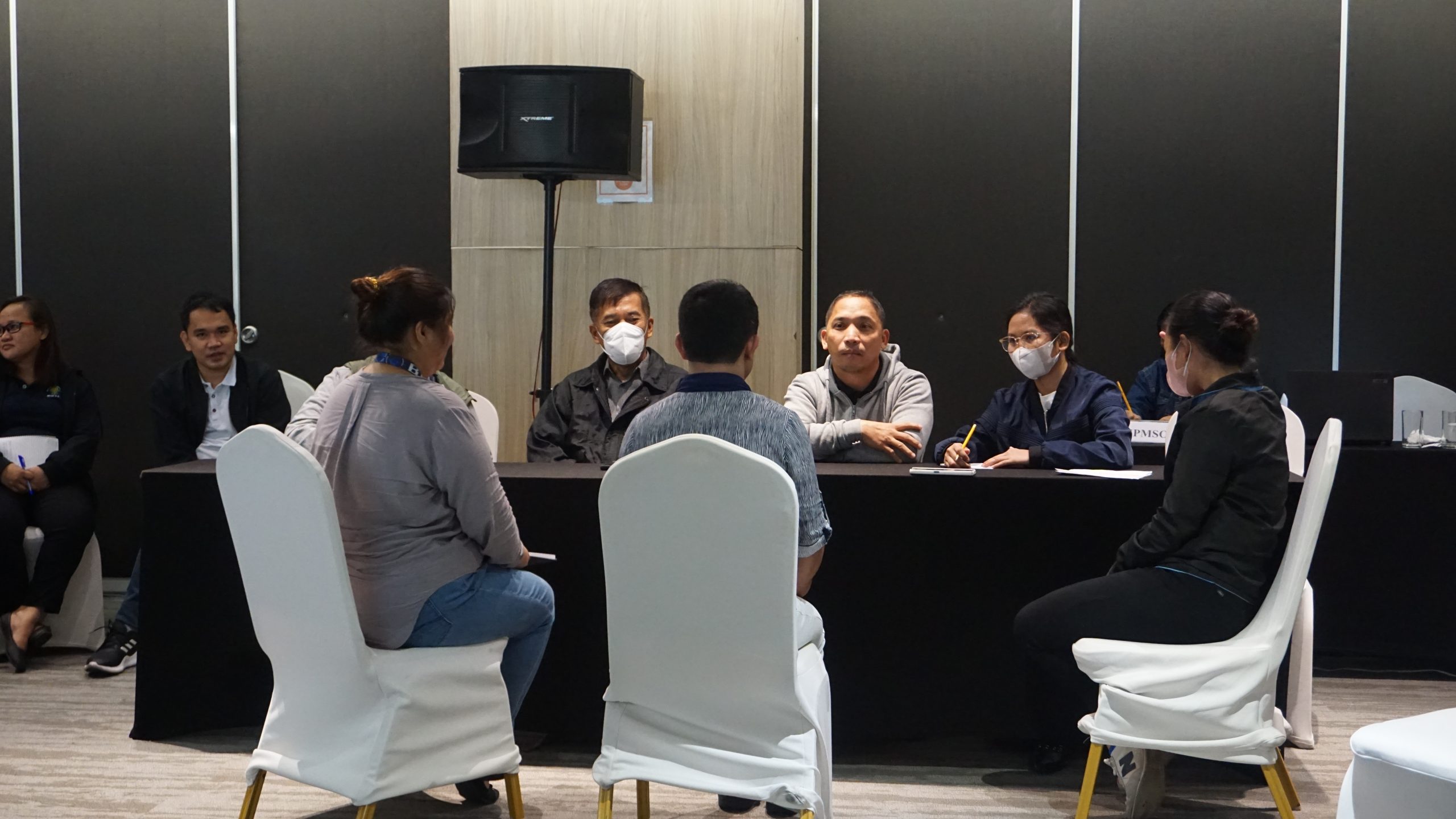
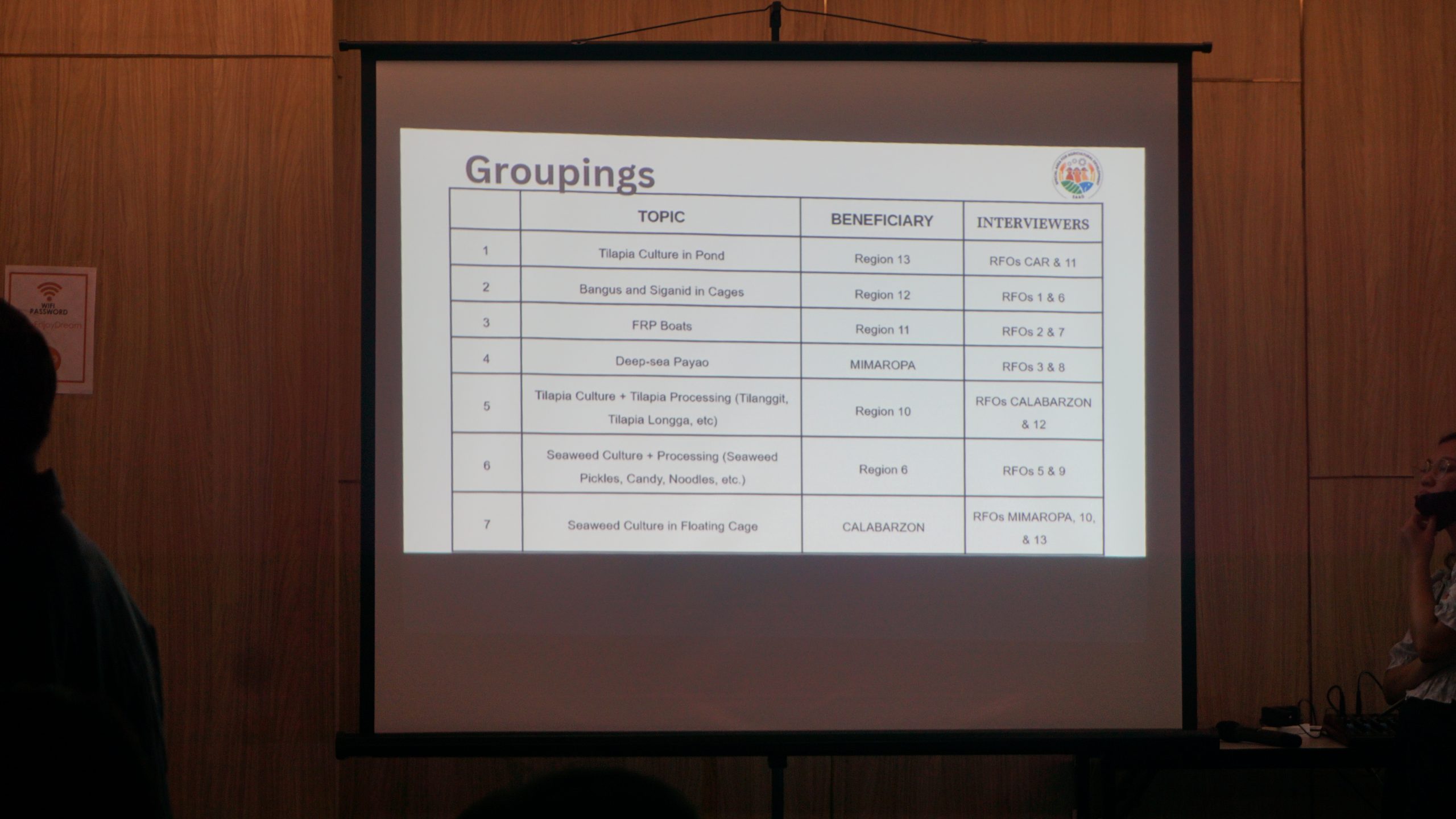
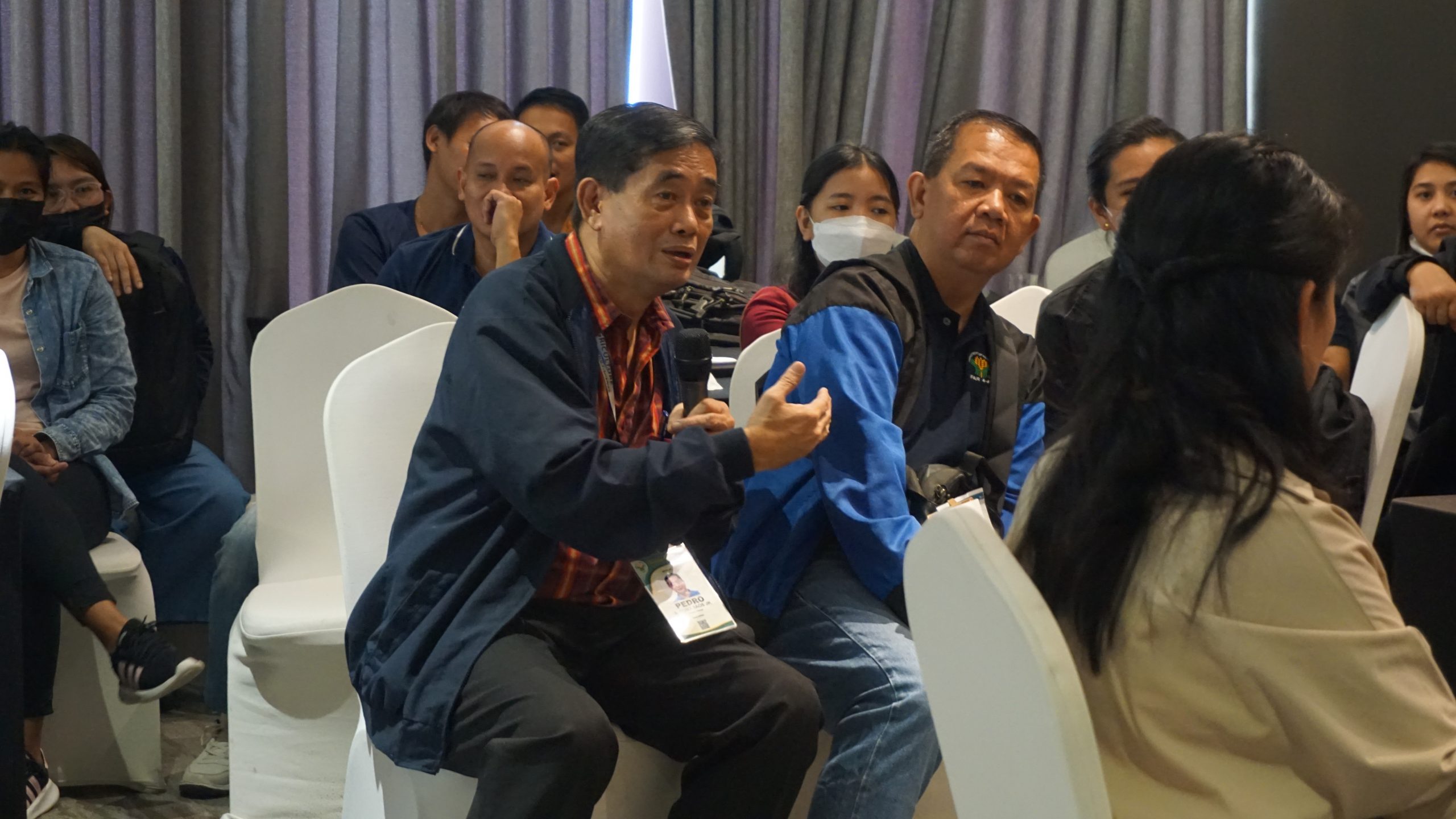
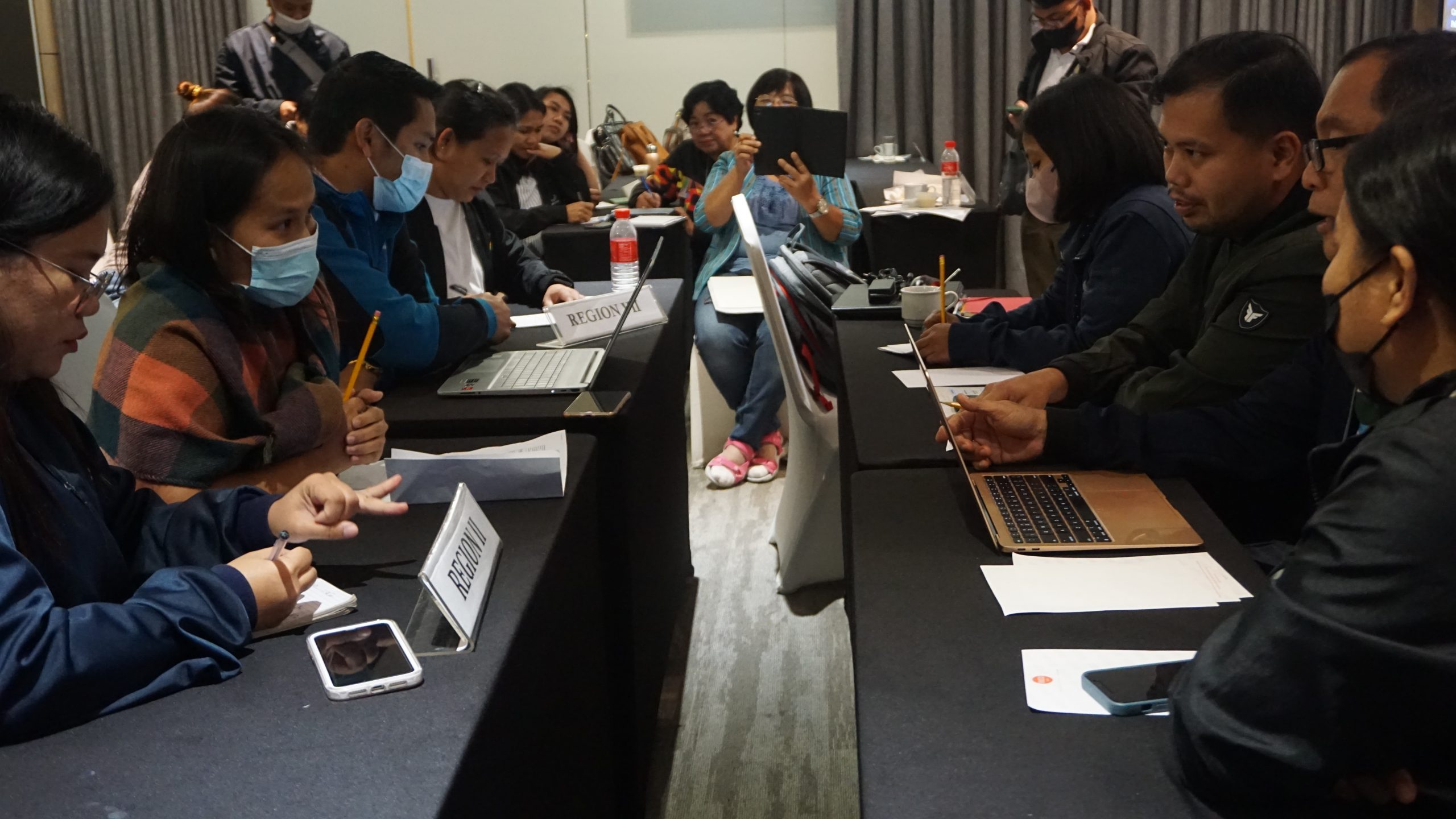


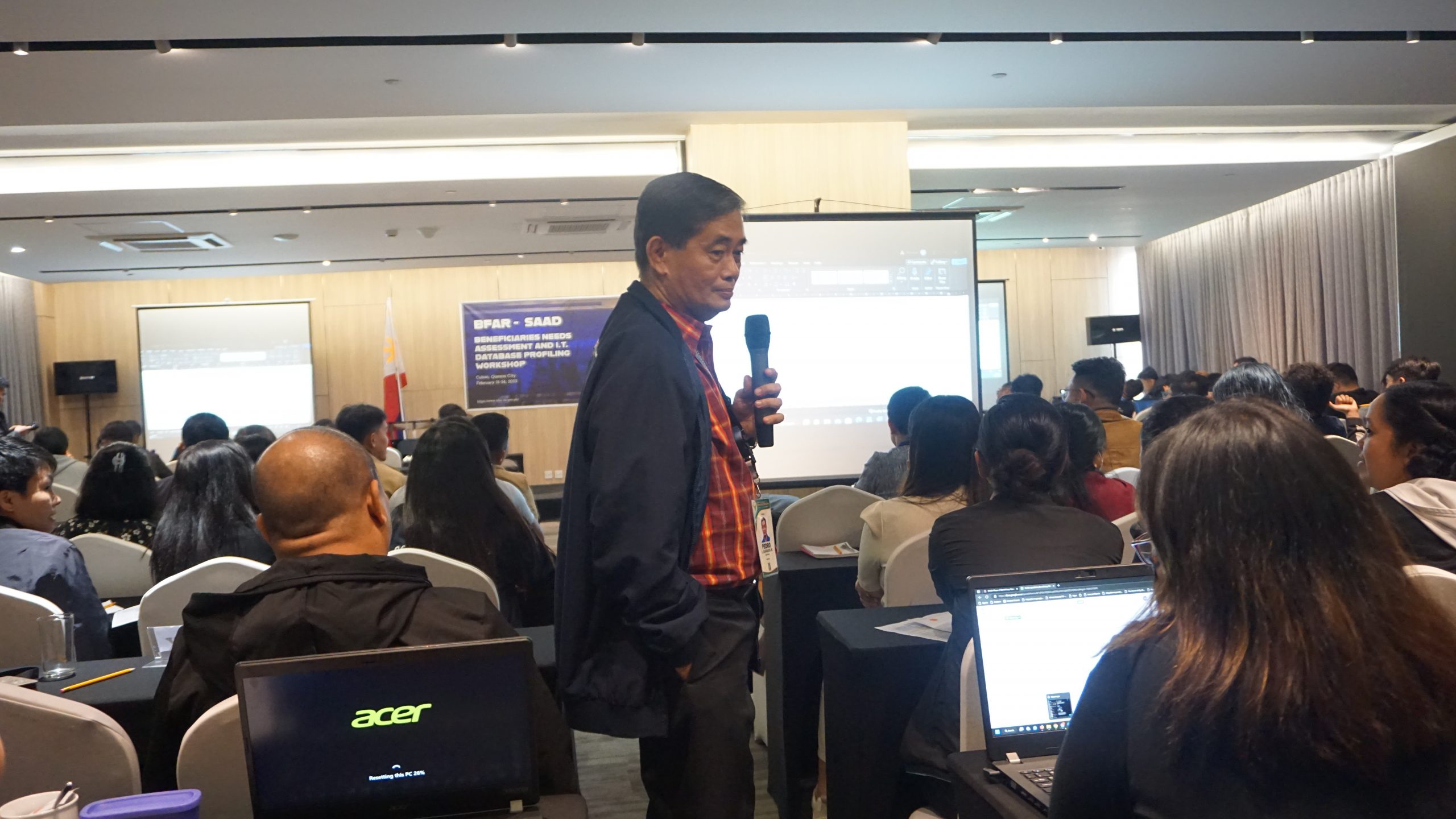
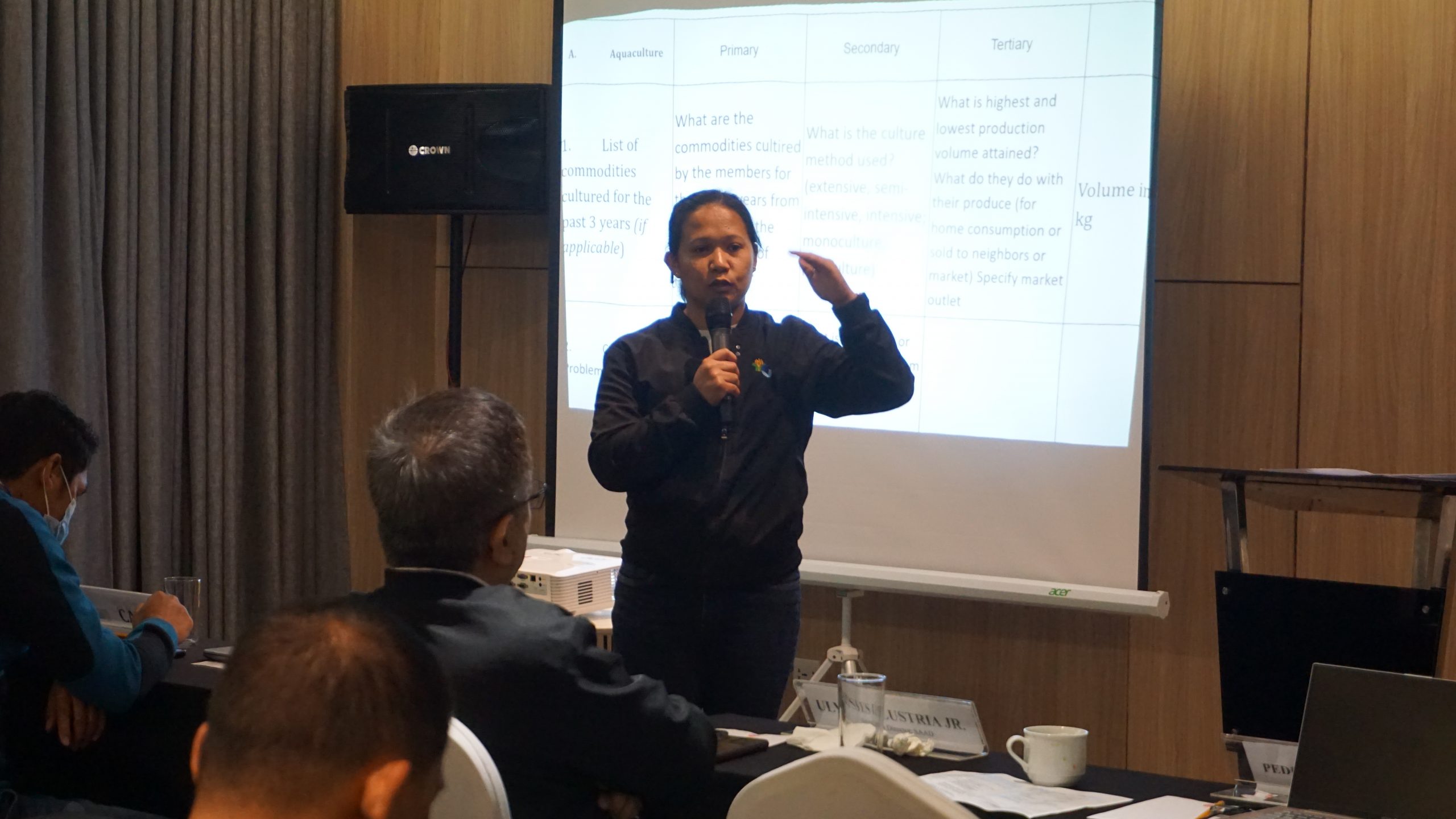
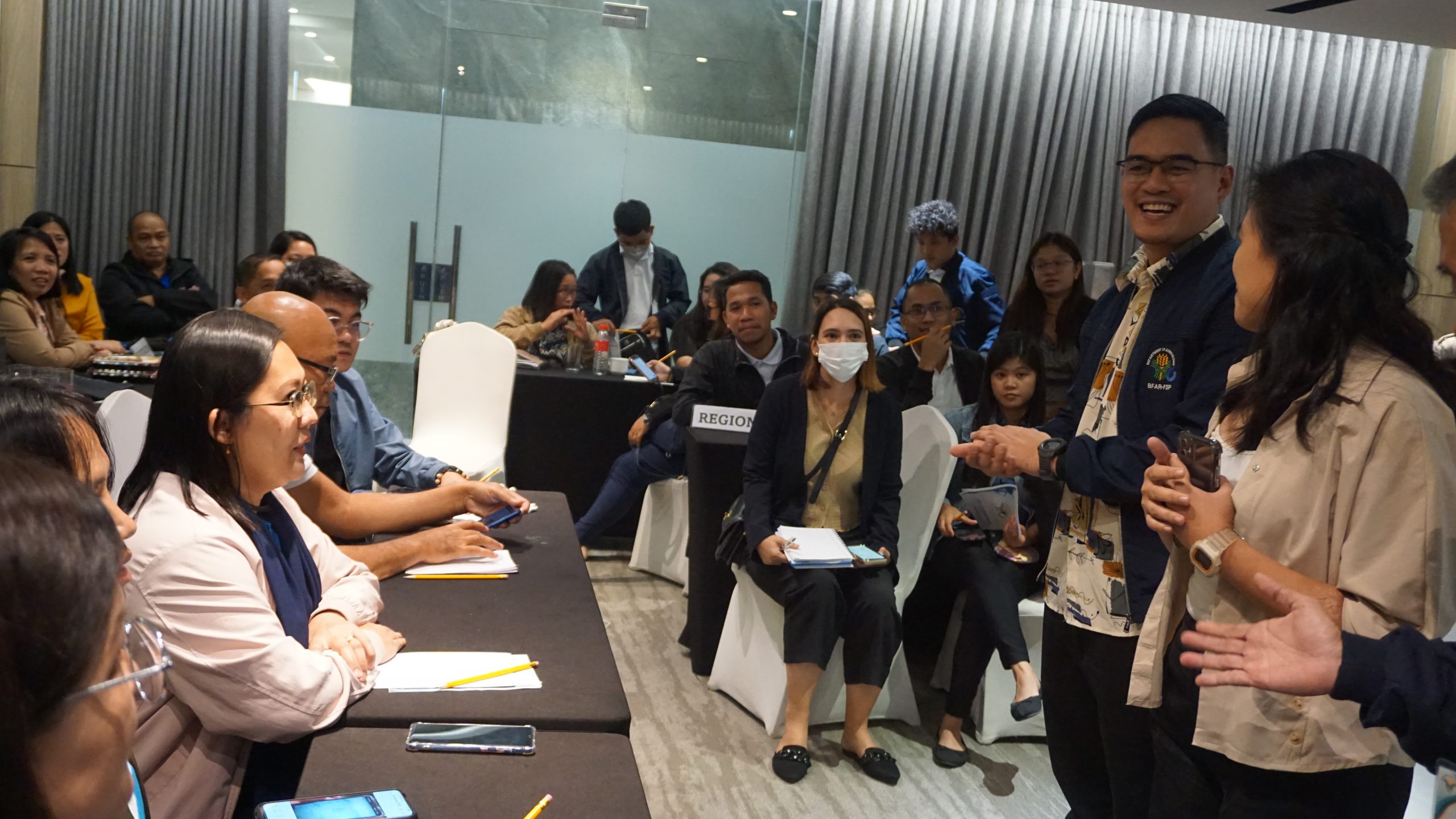
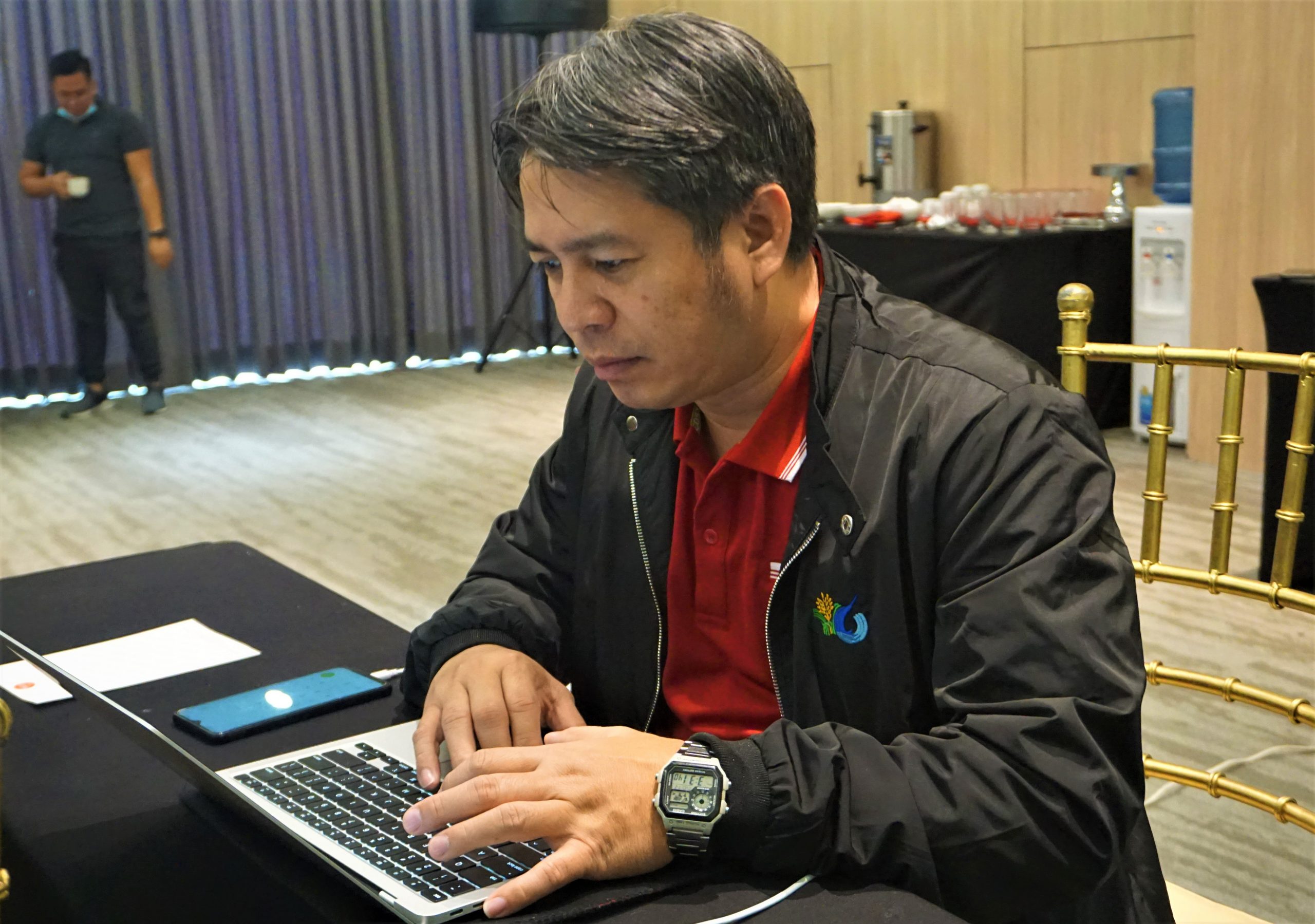
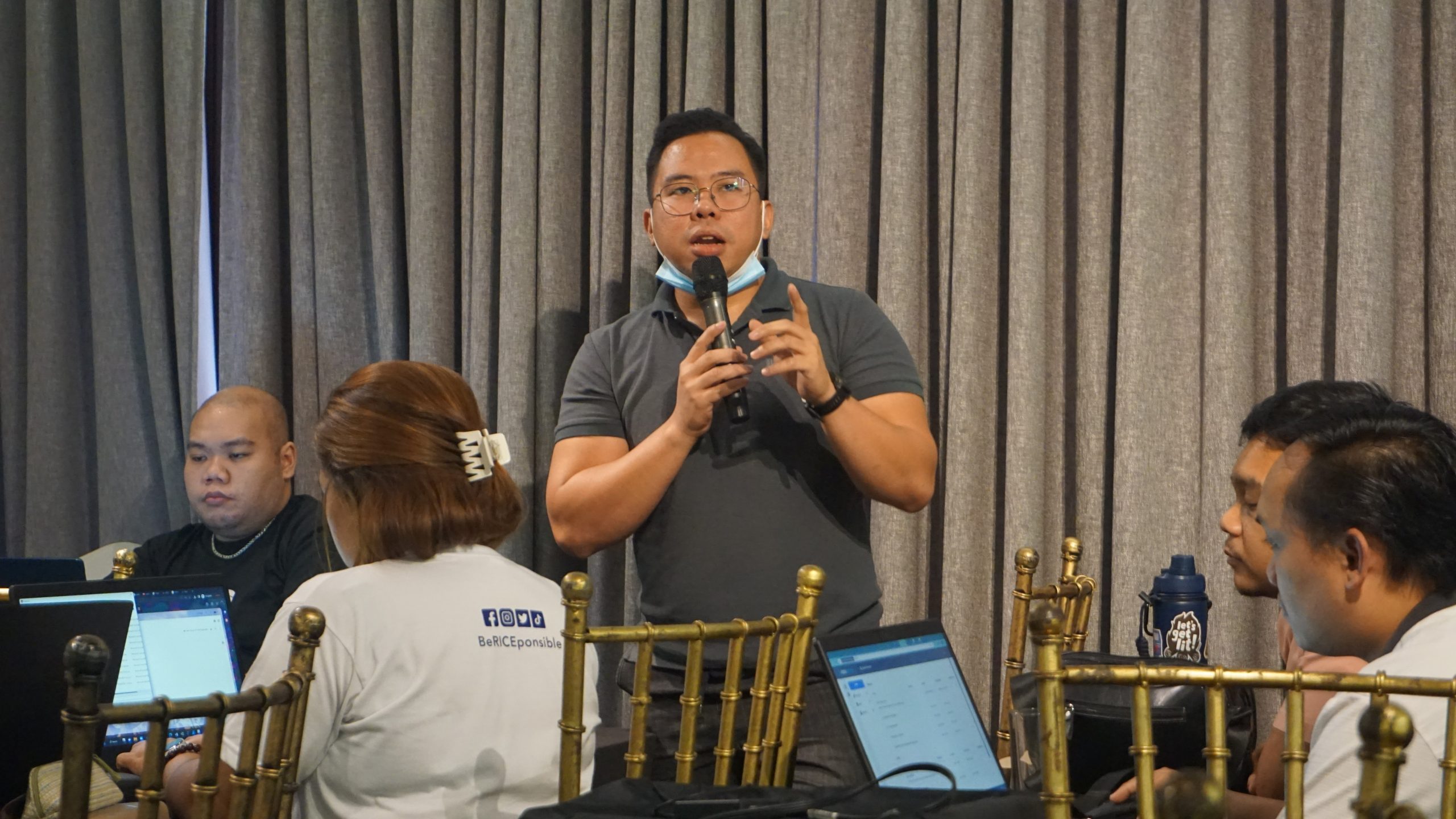
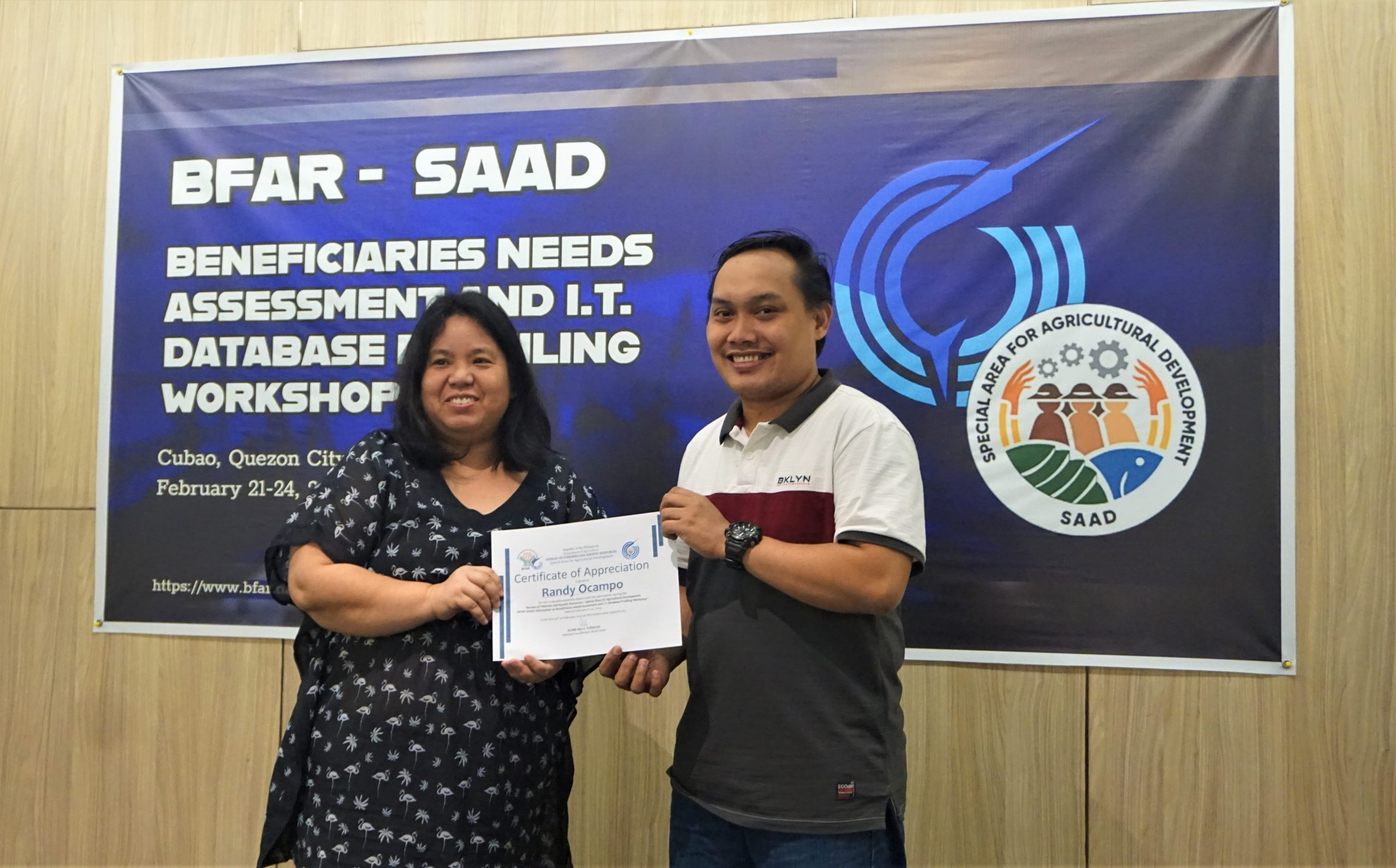
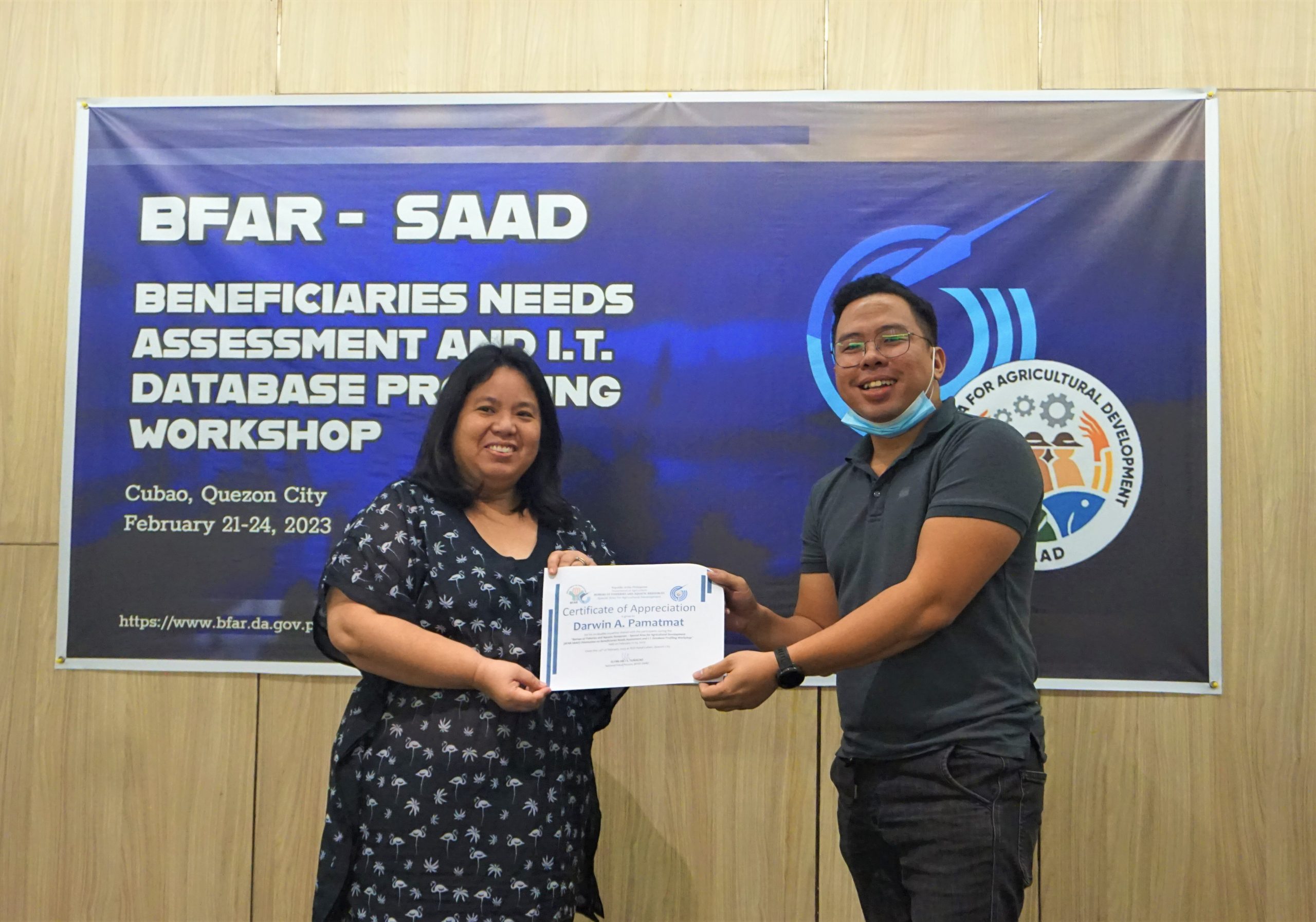

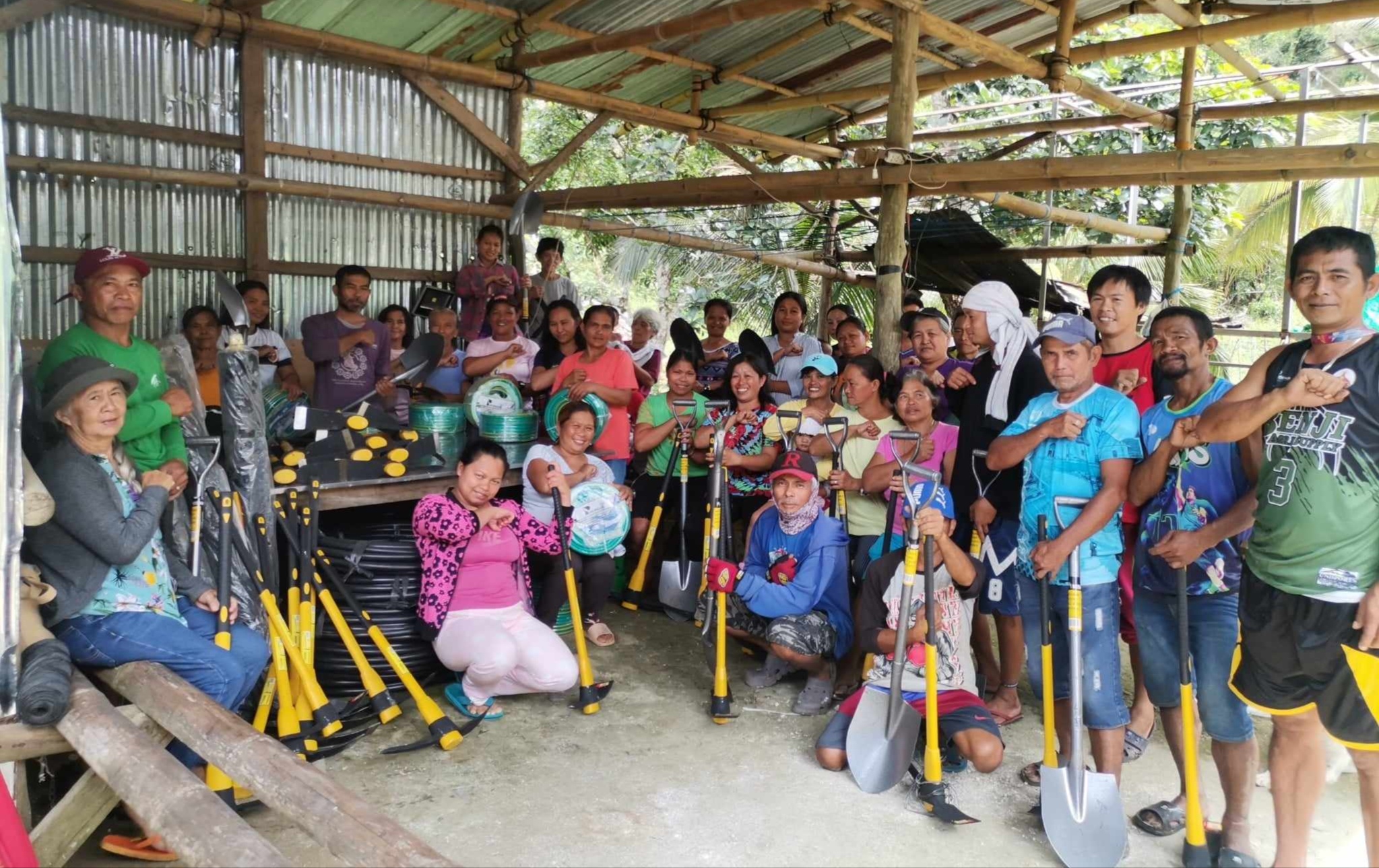
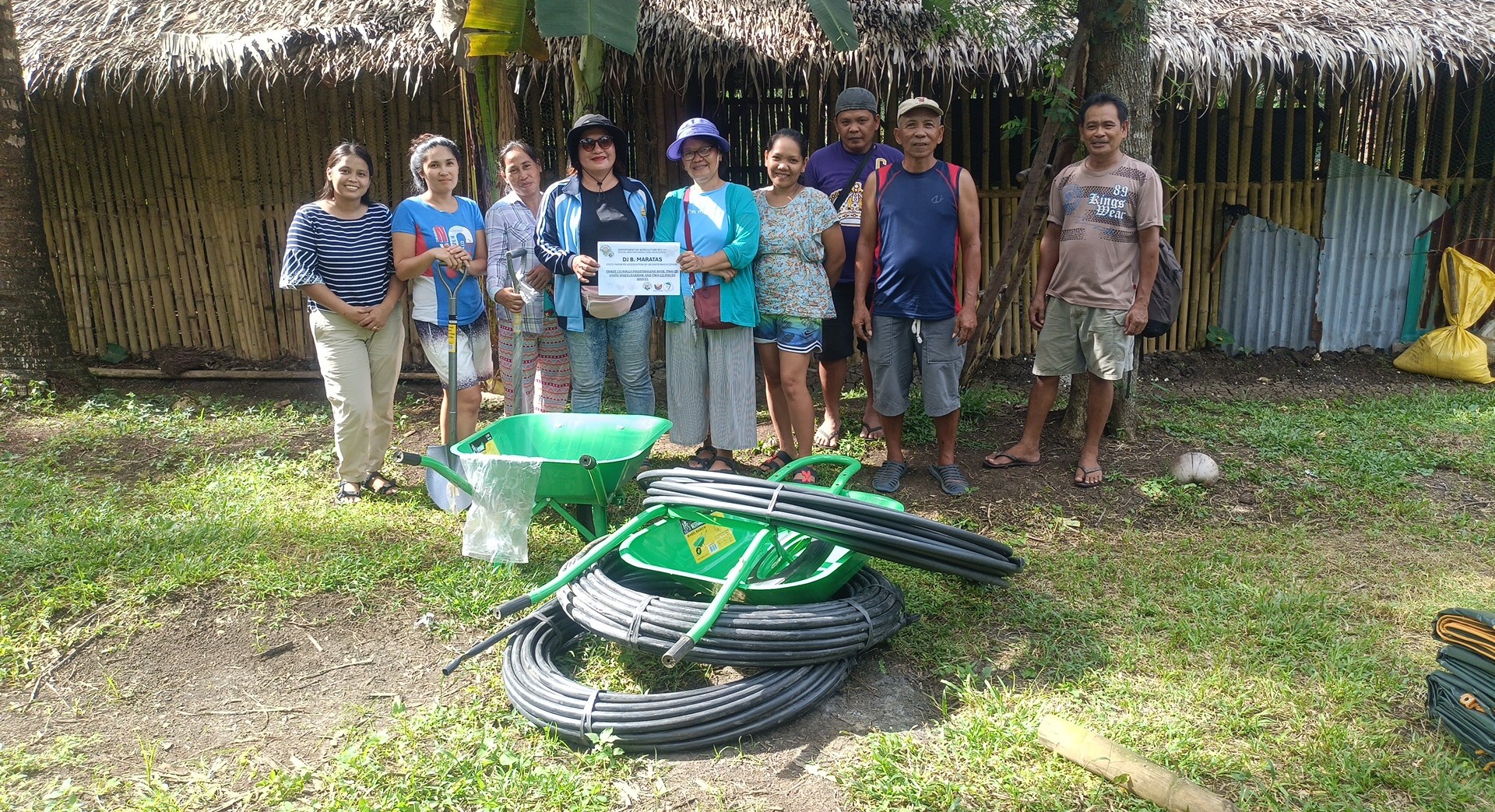
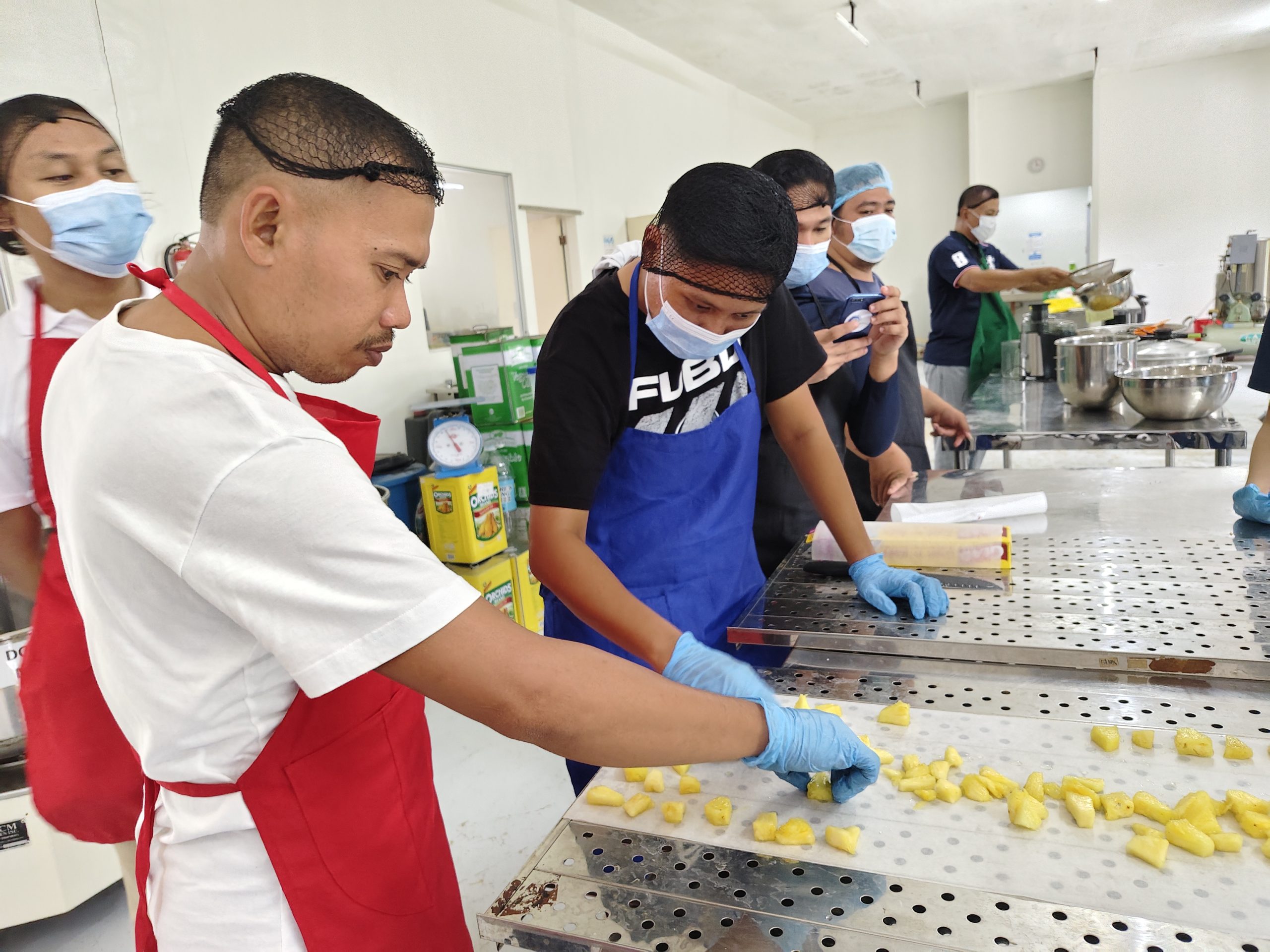
This Post Has 0 Comments